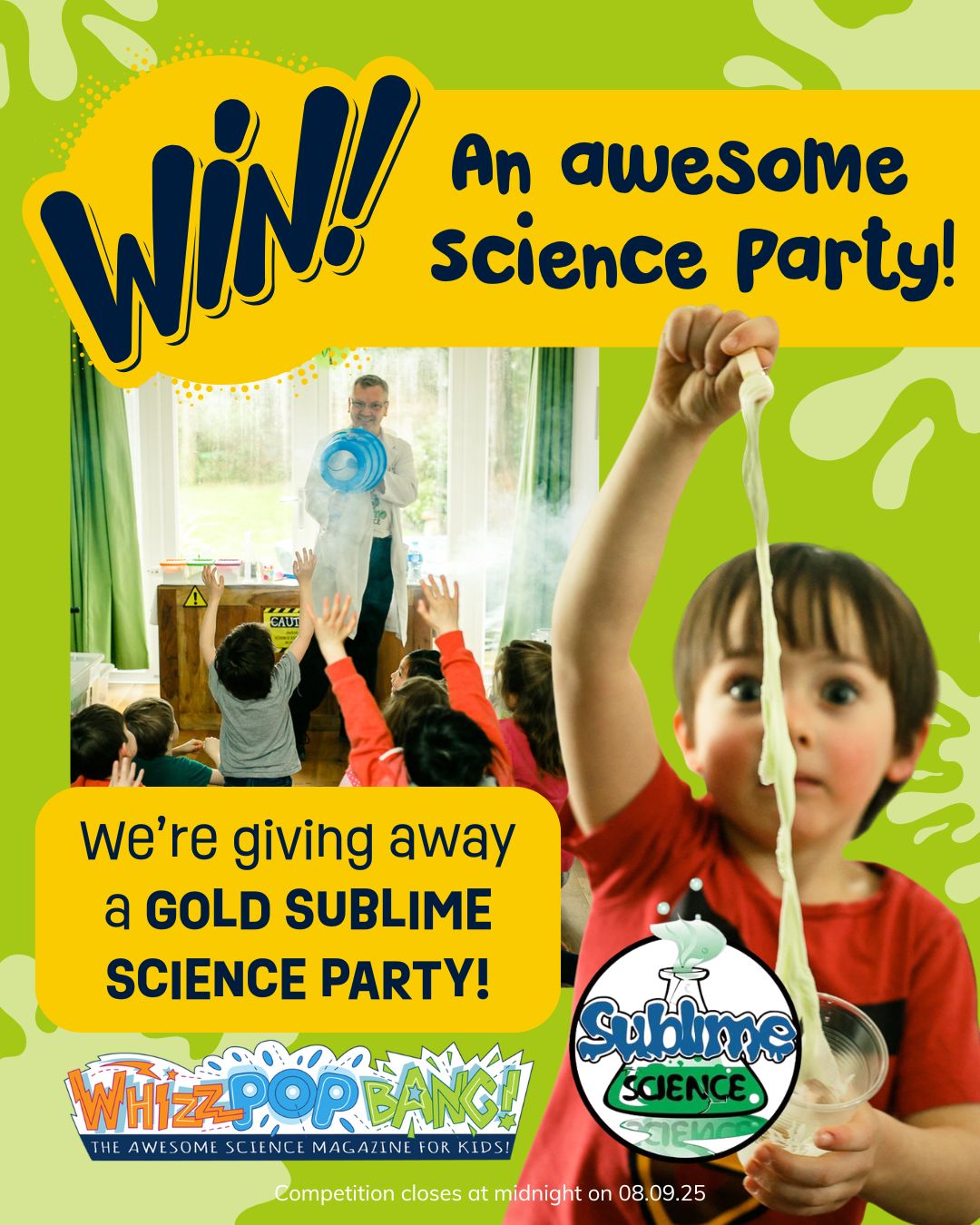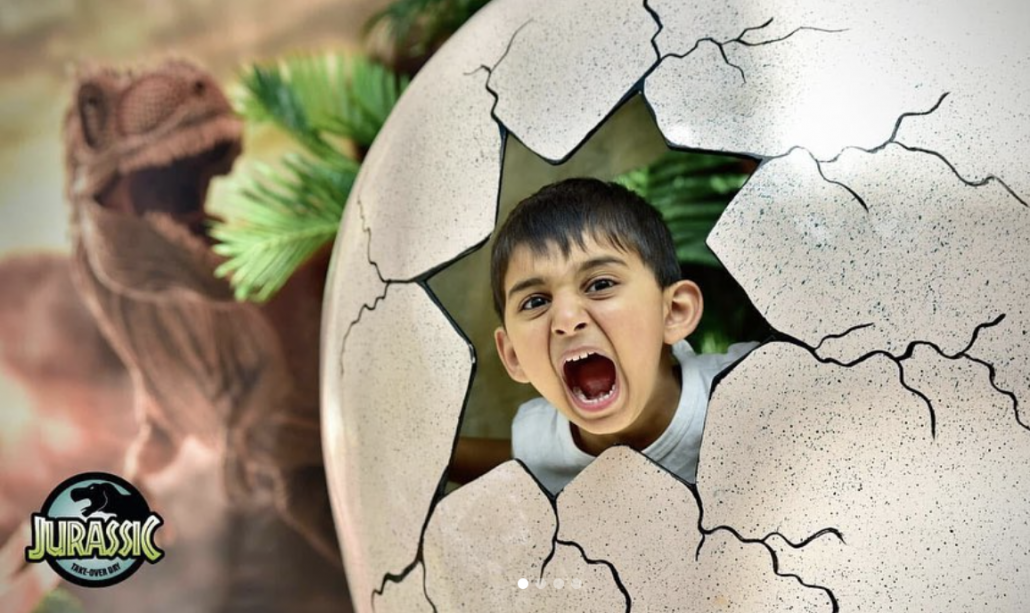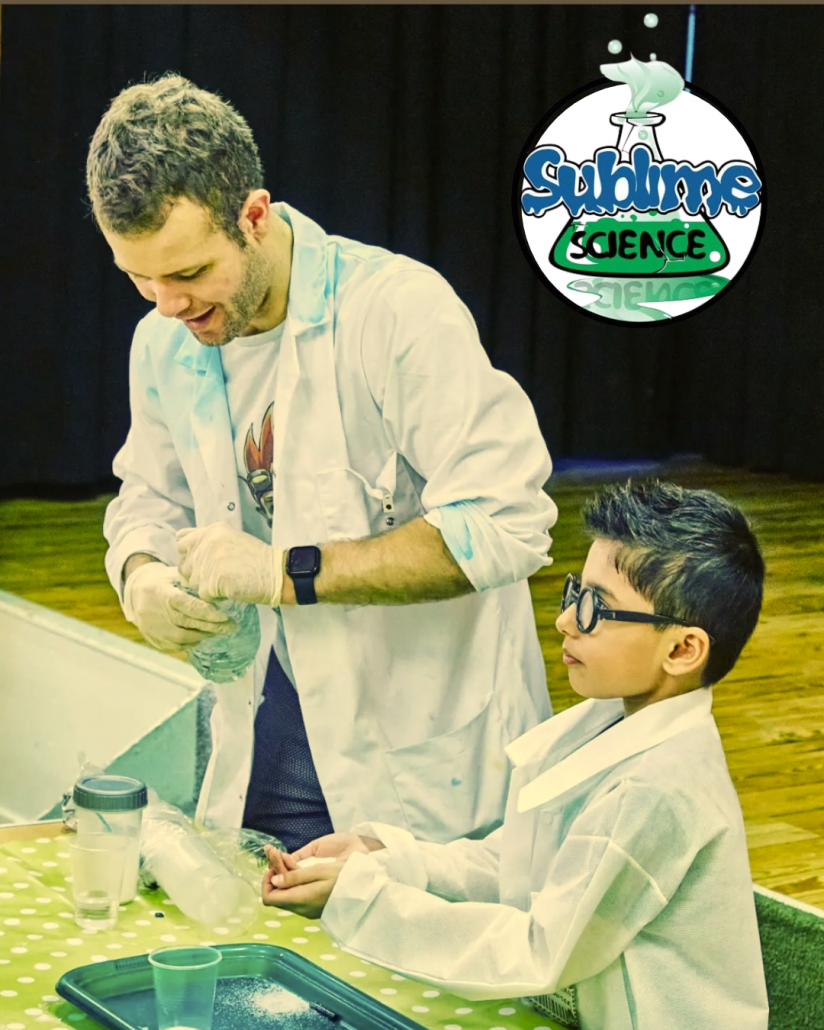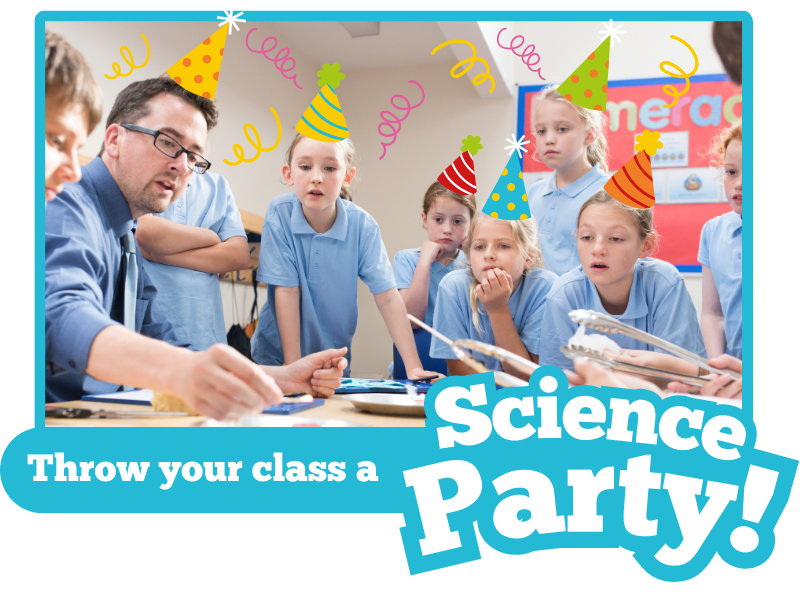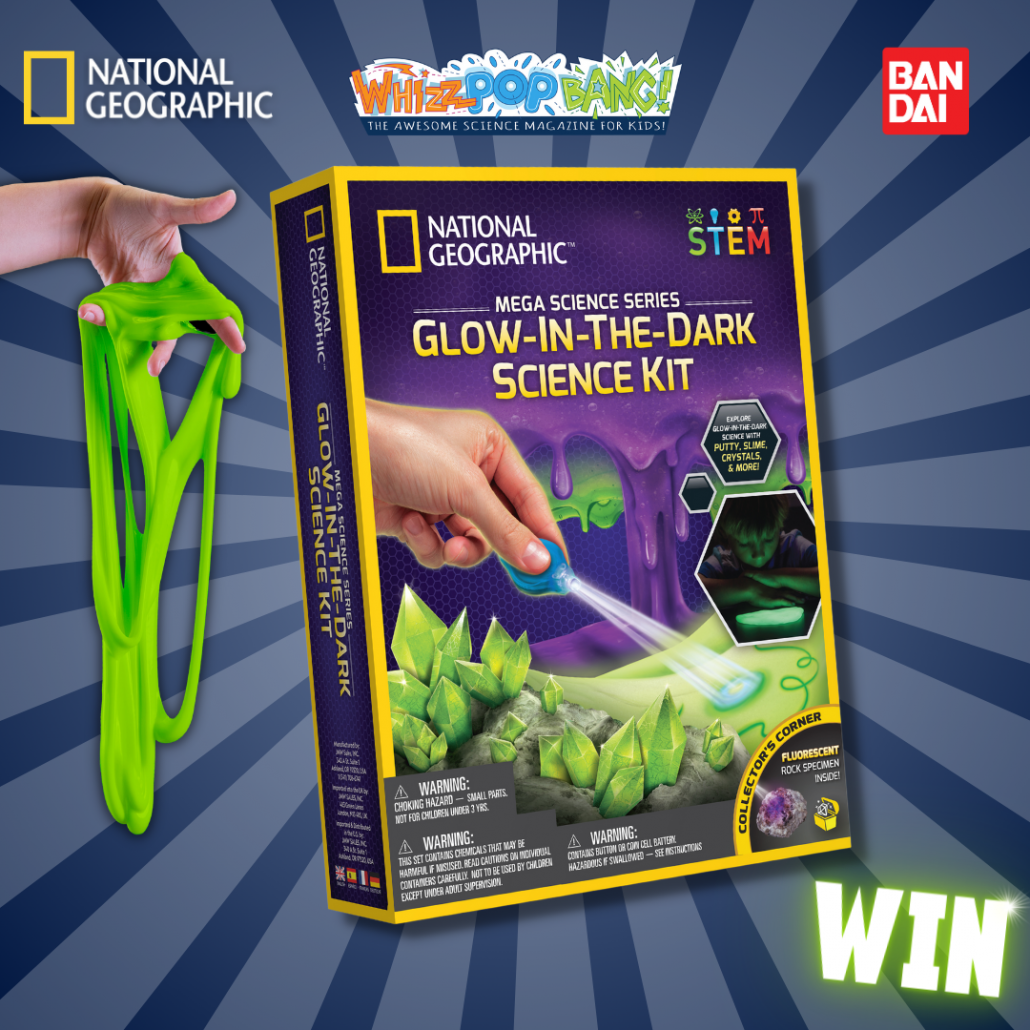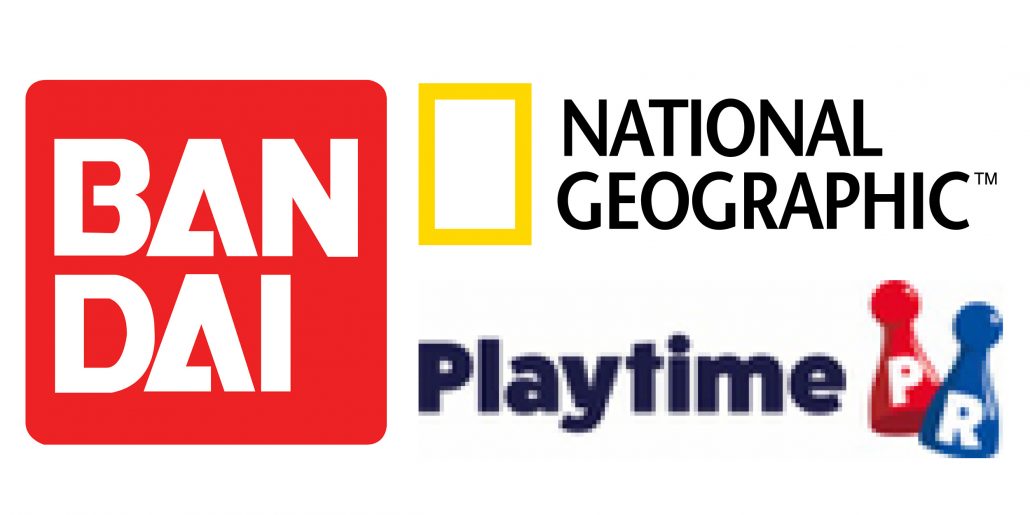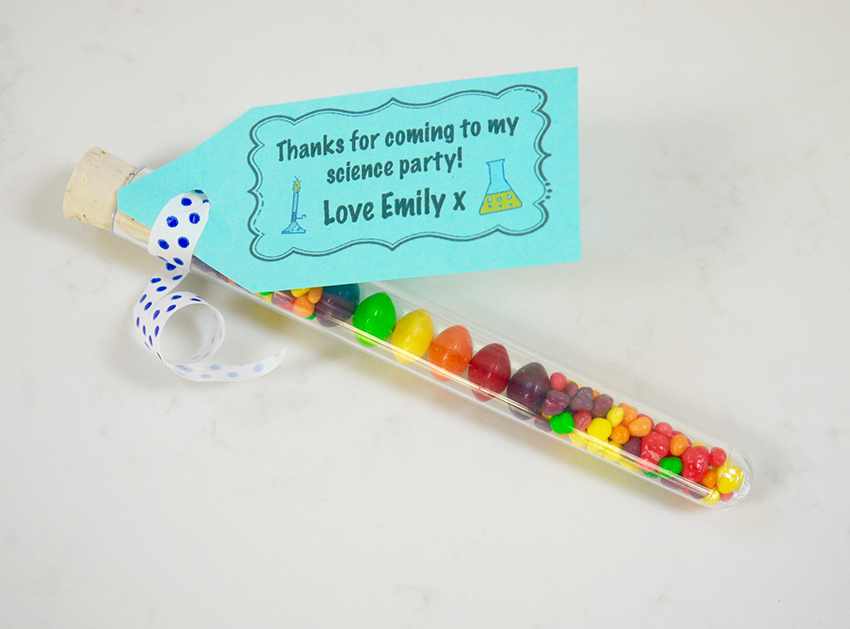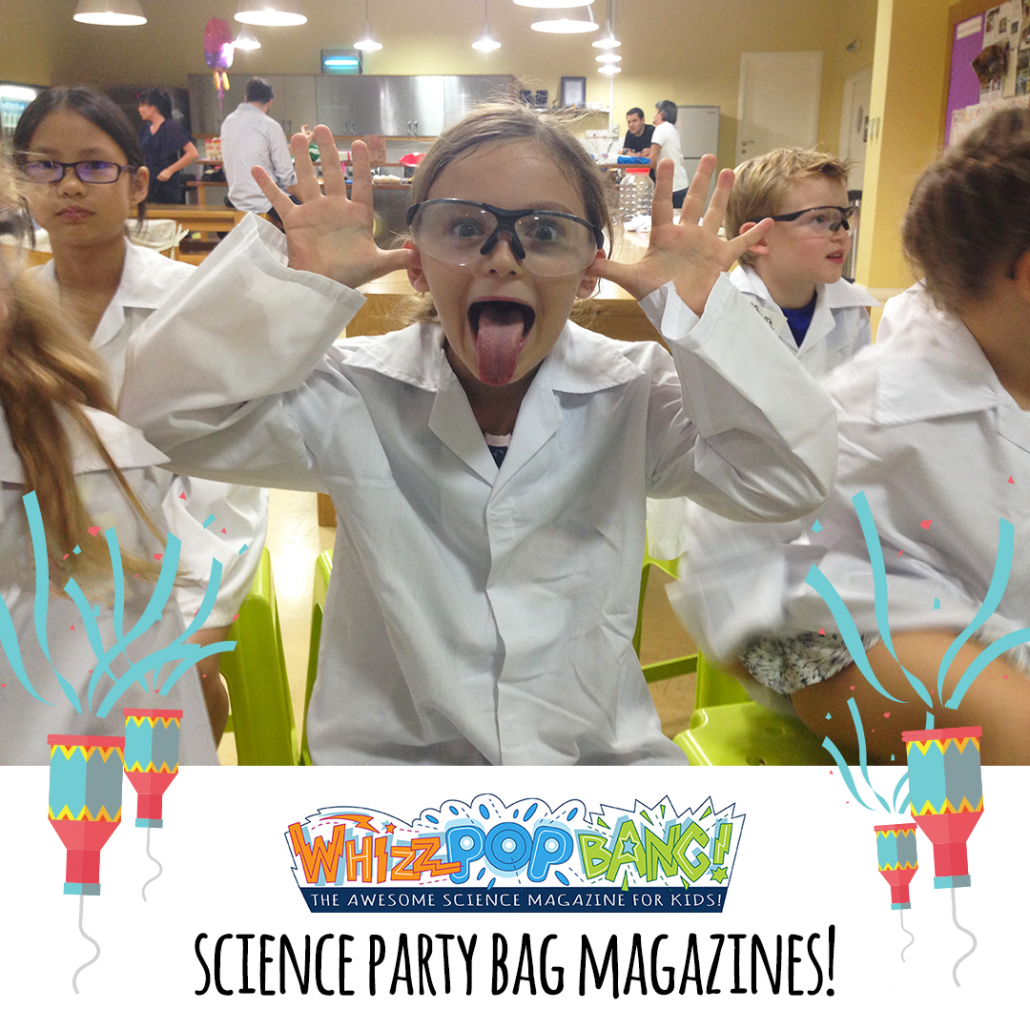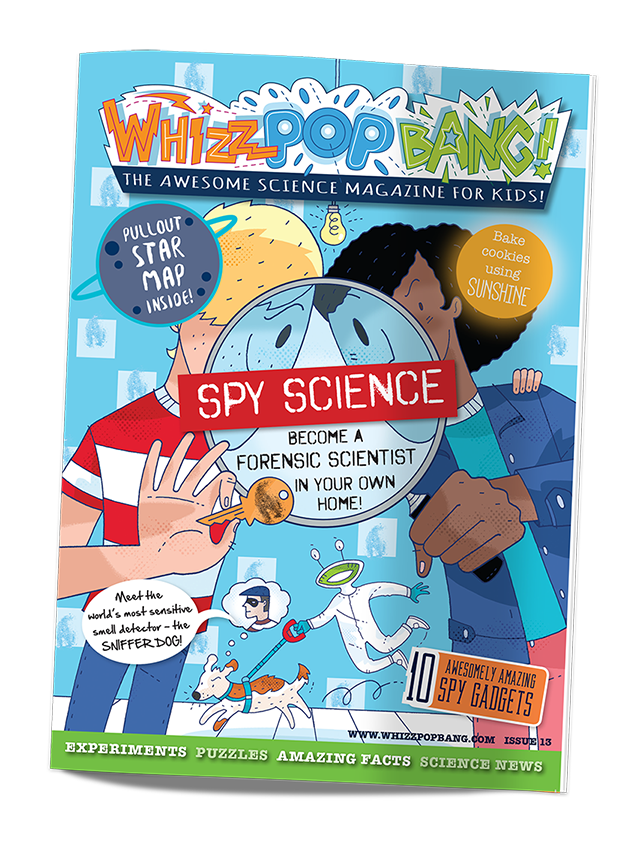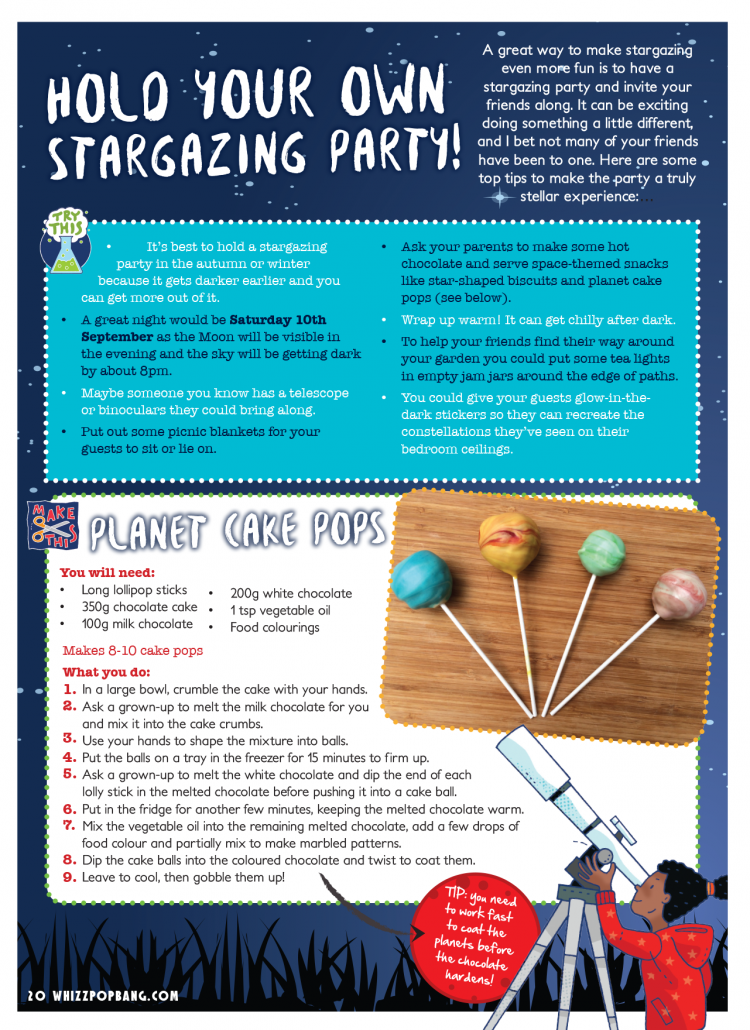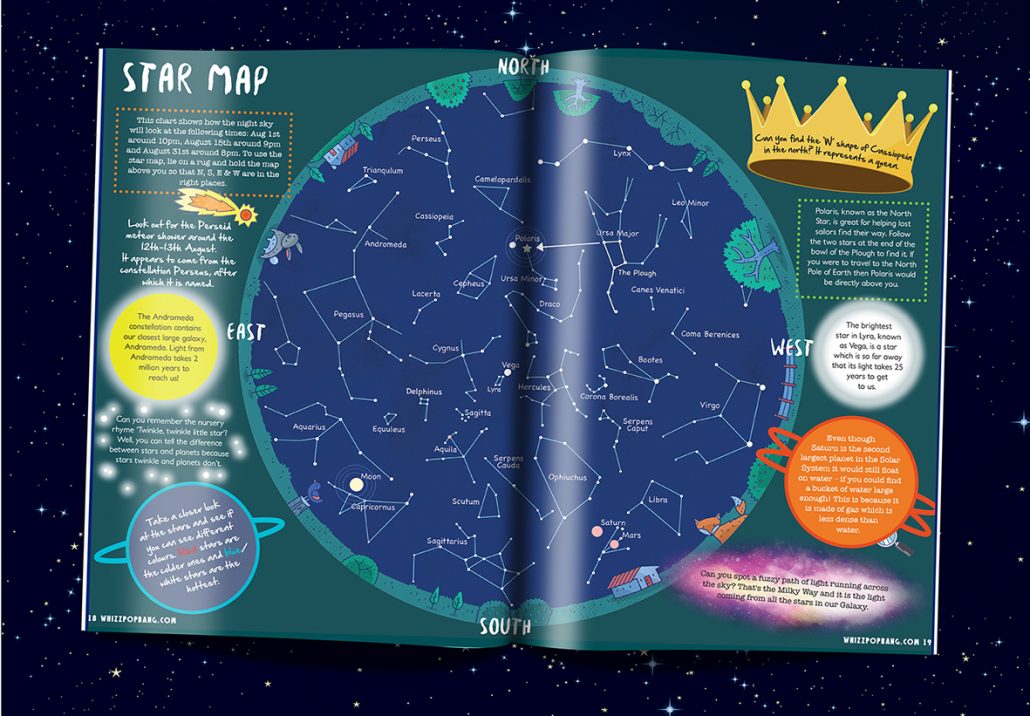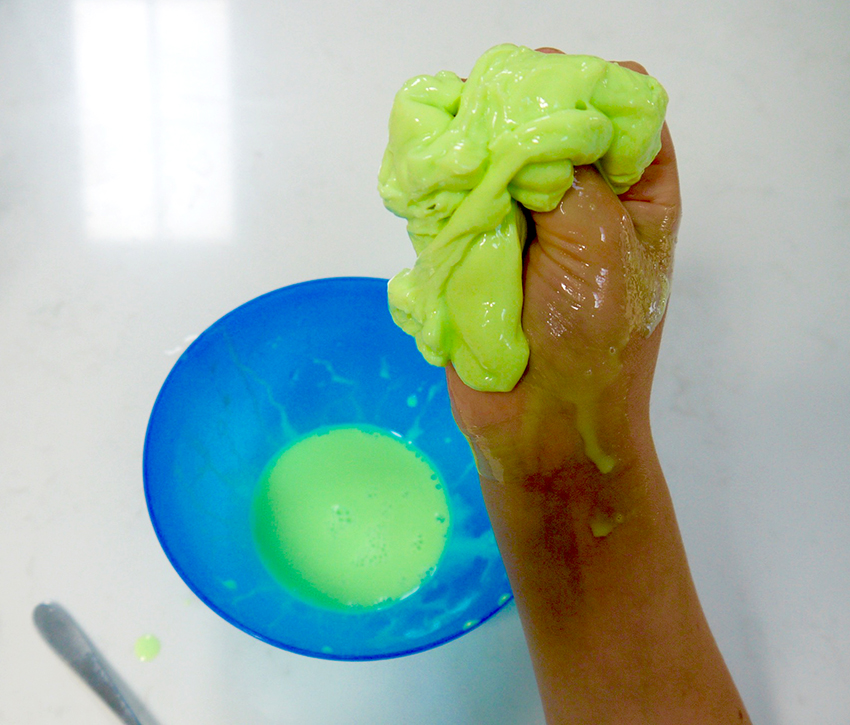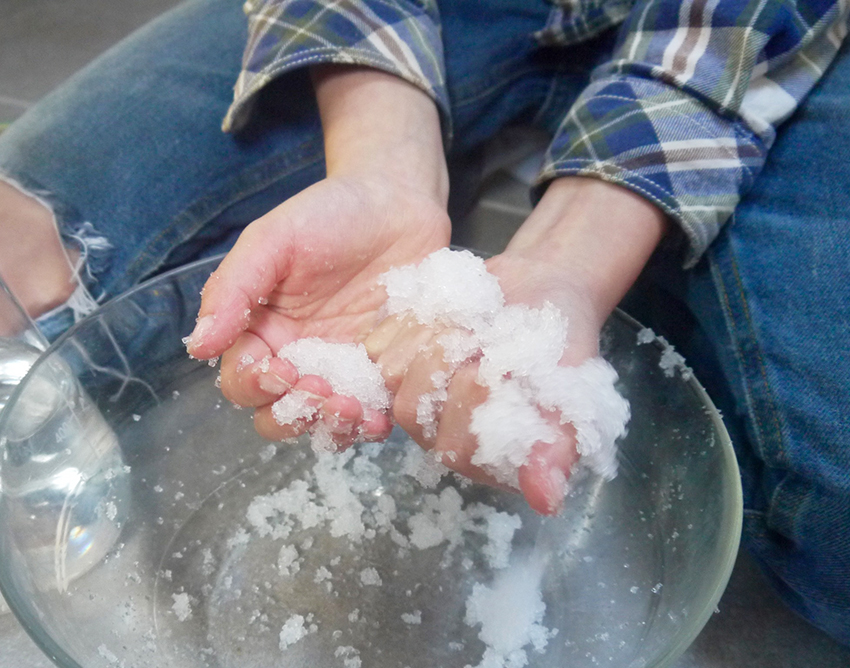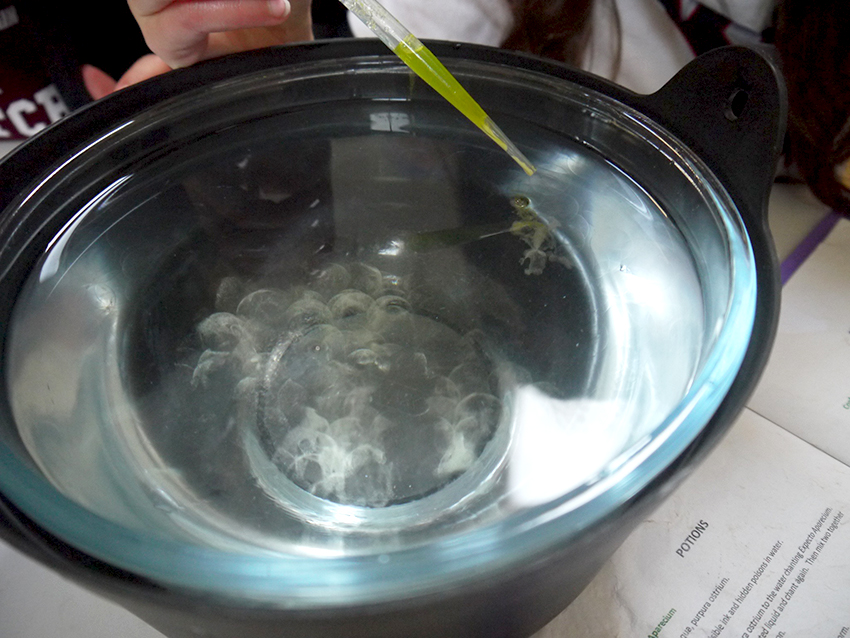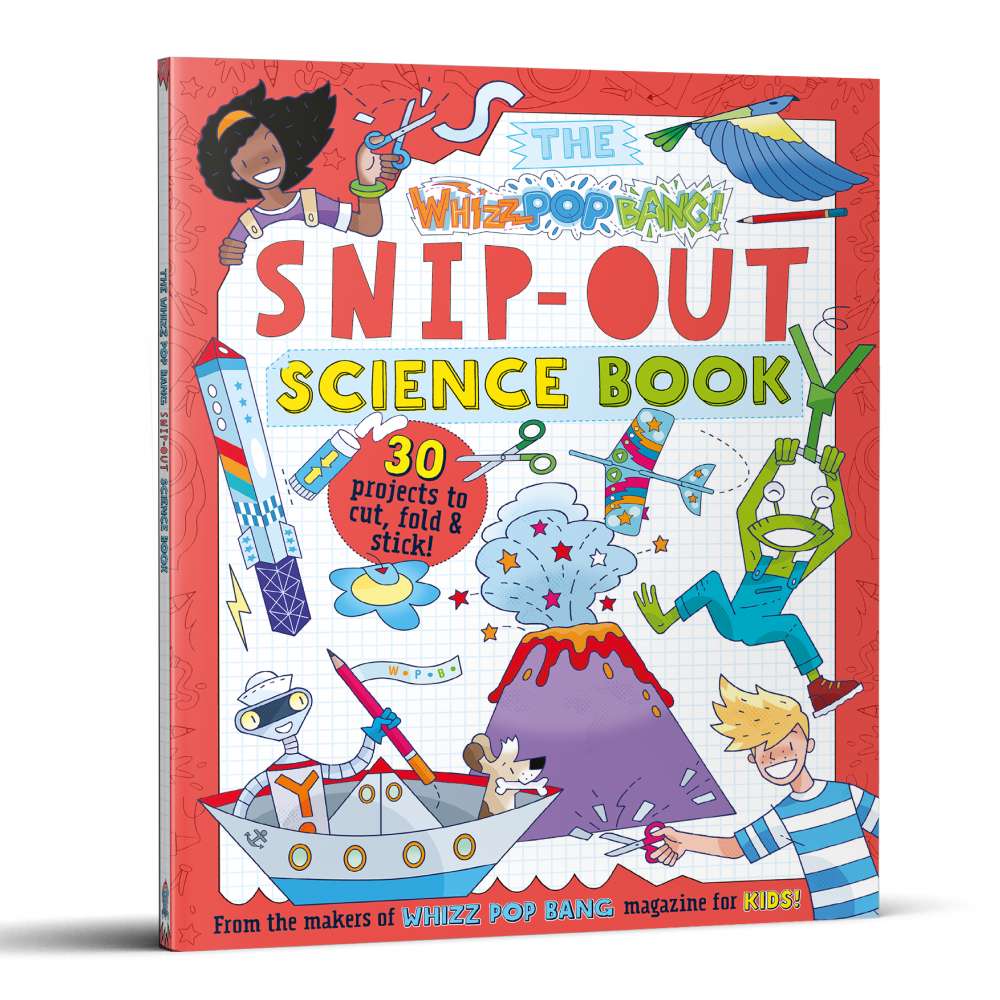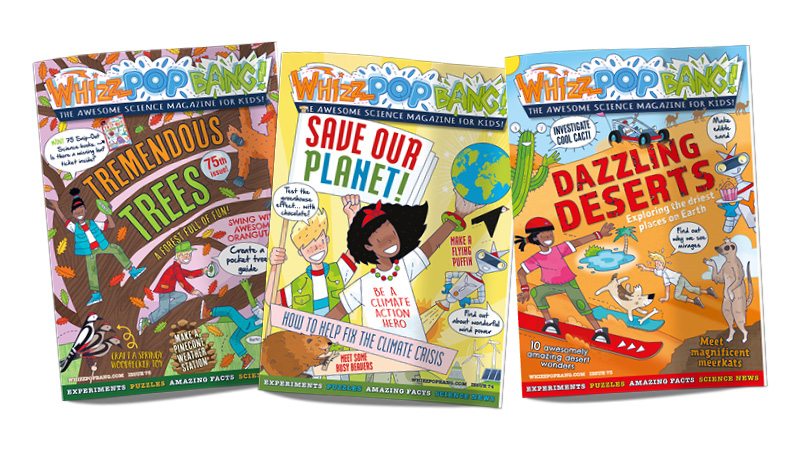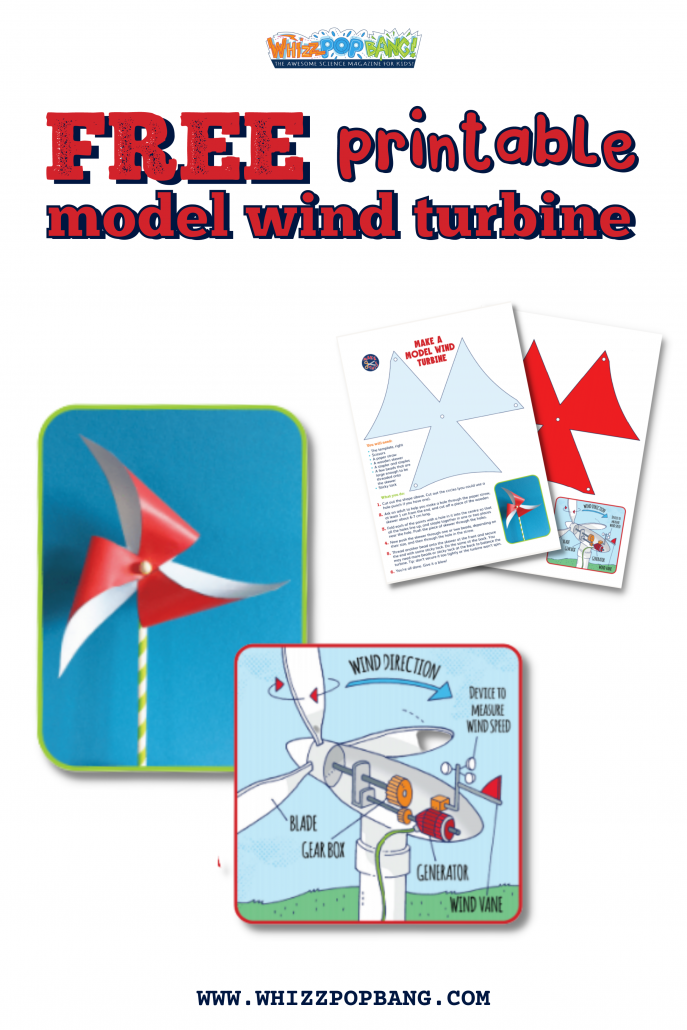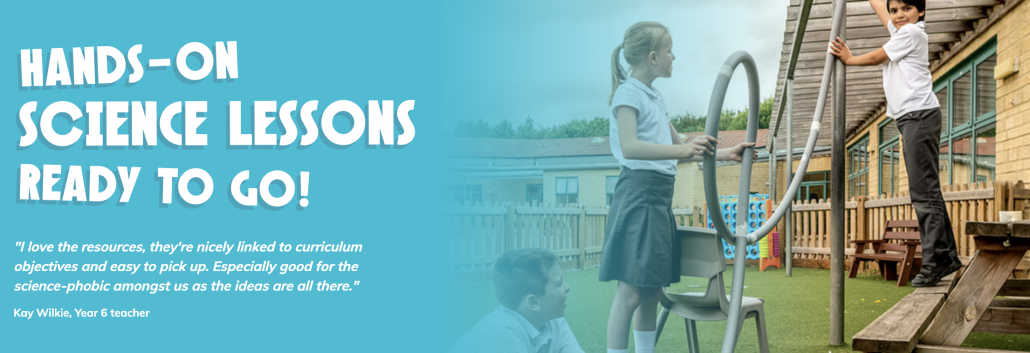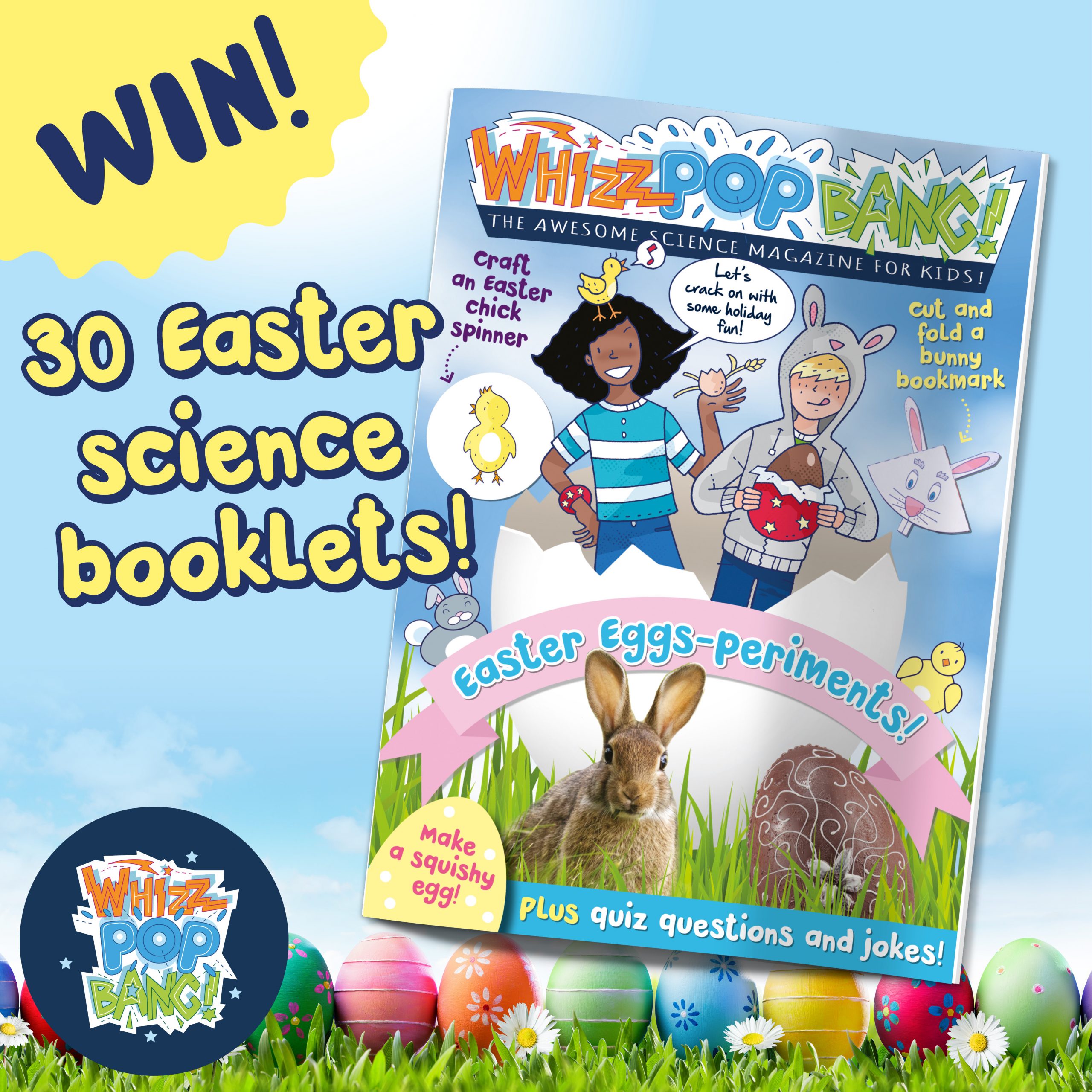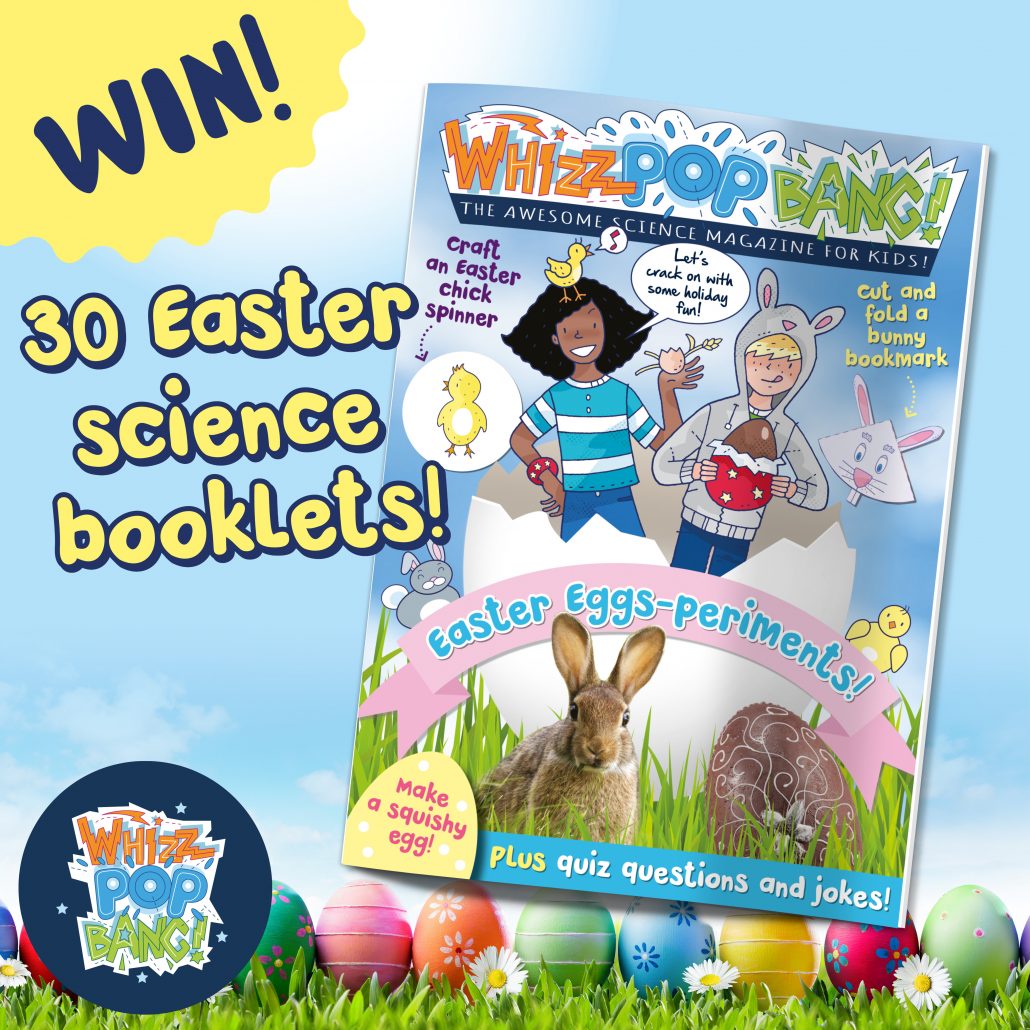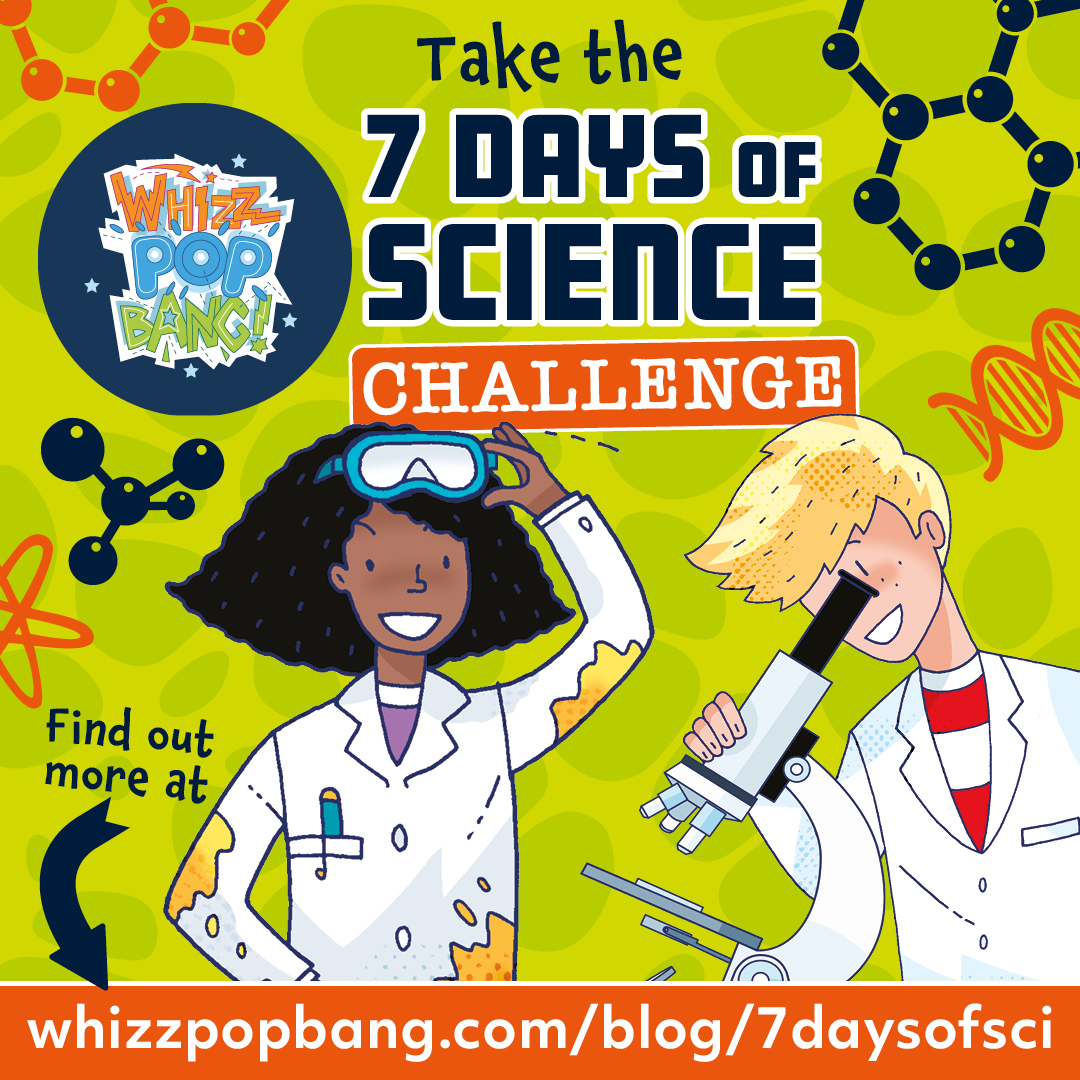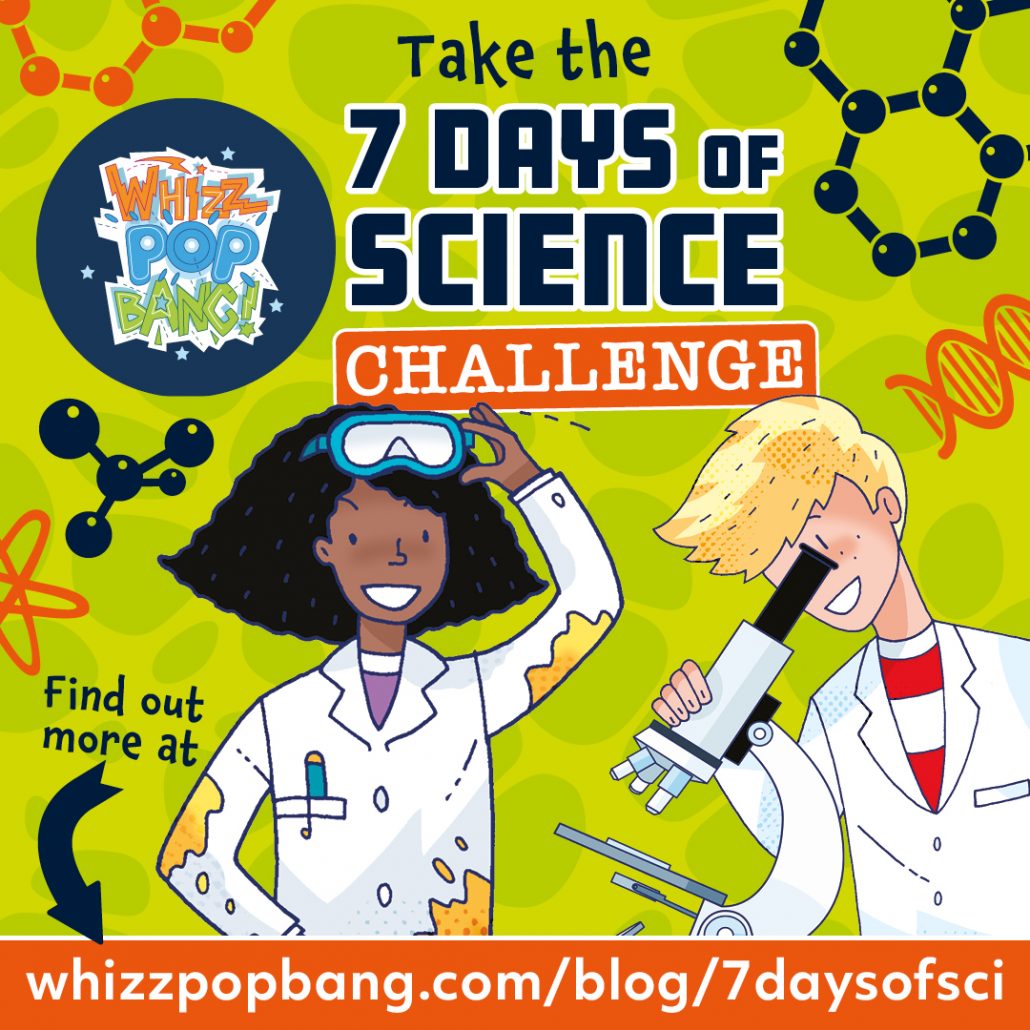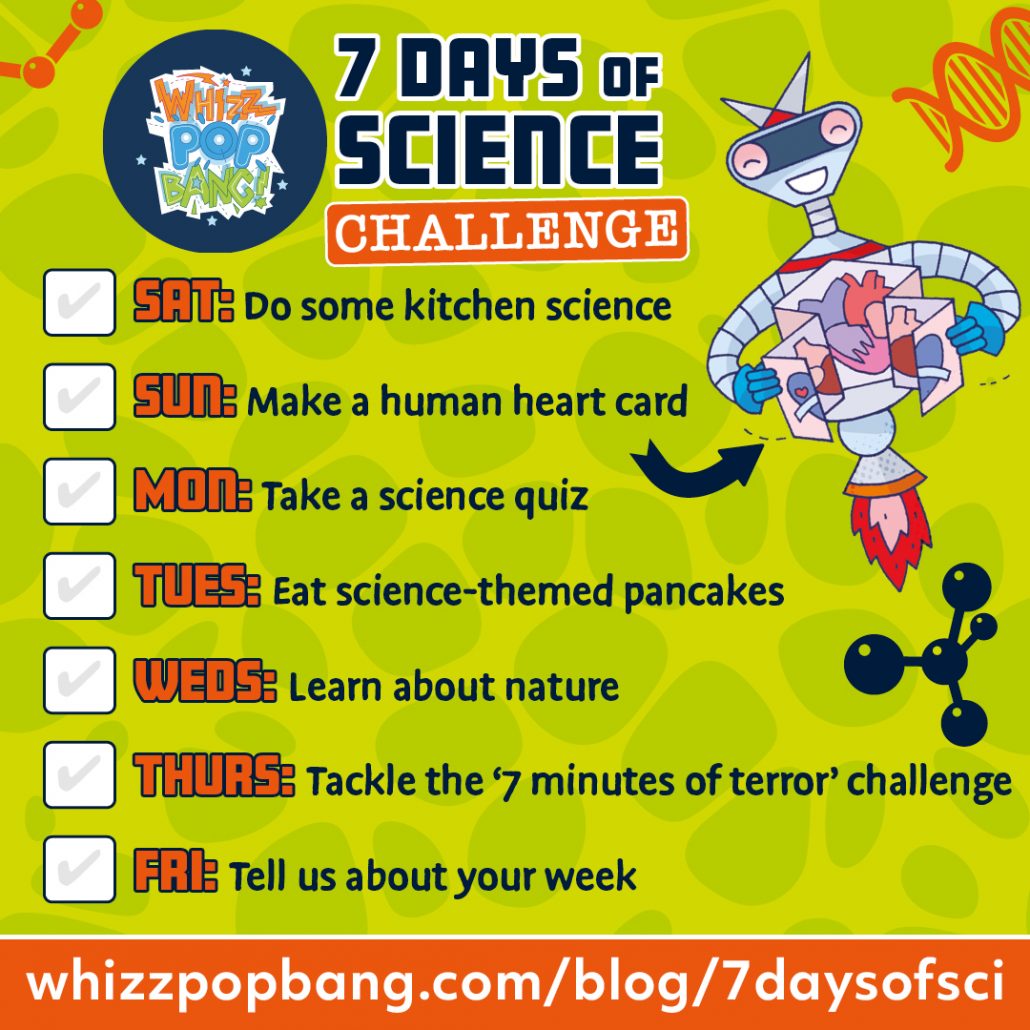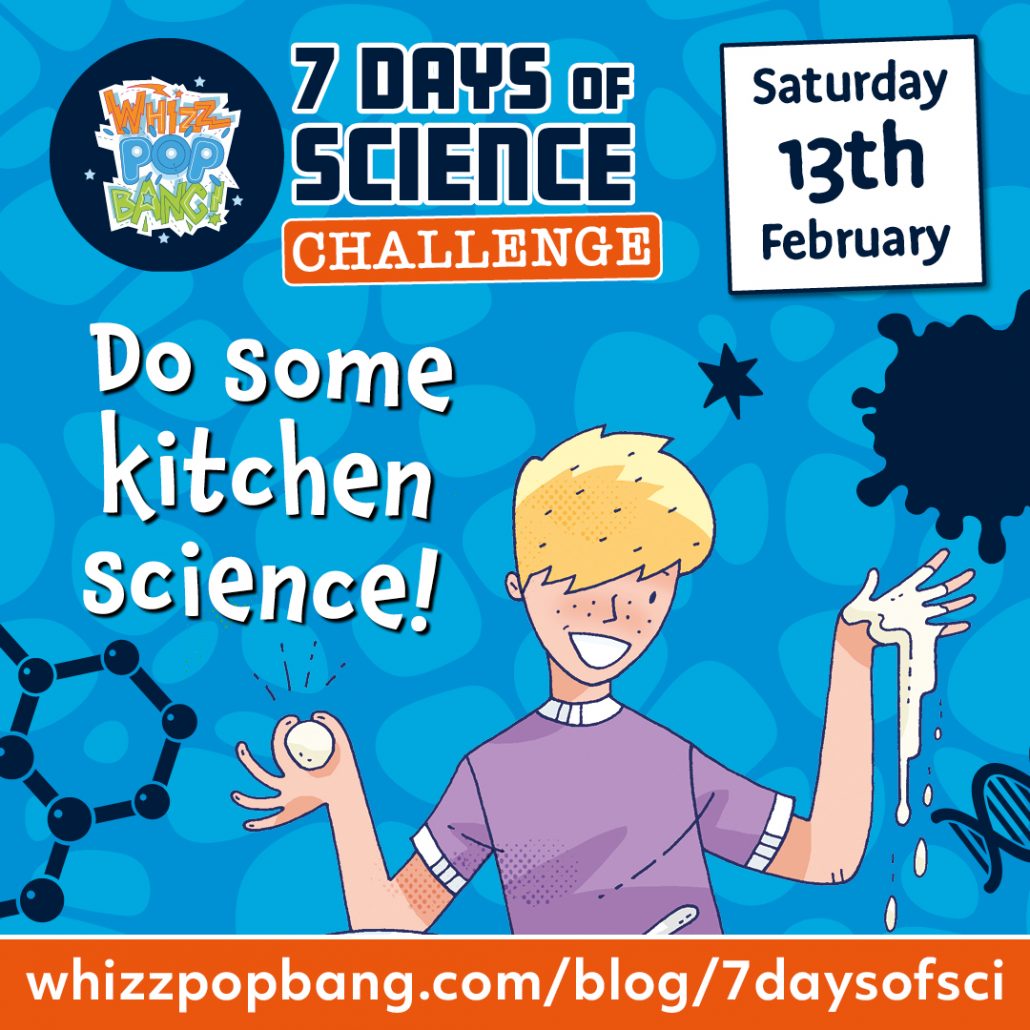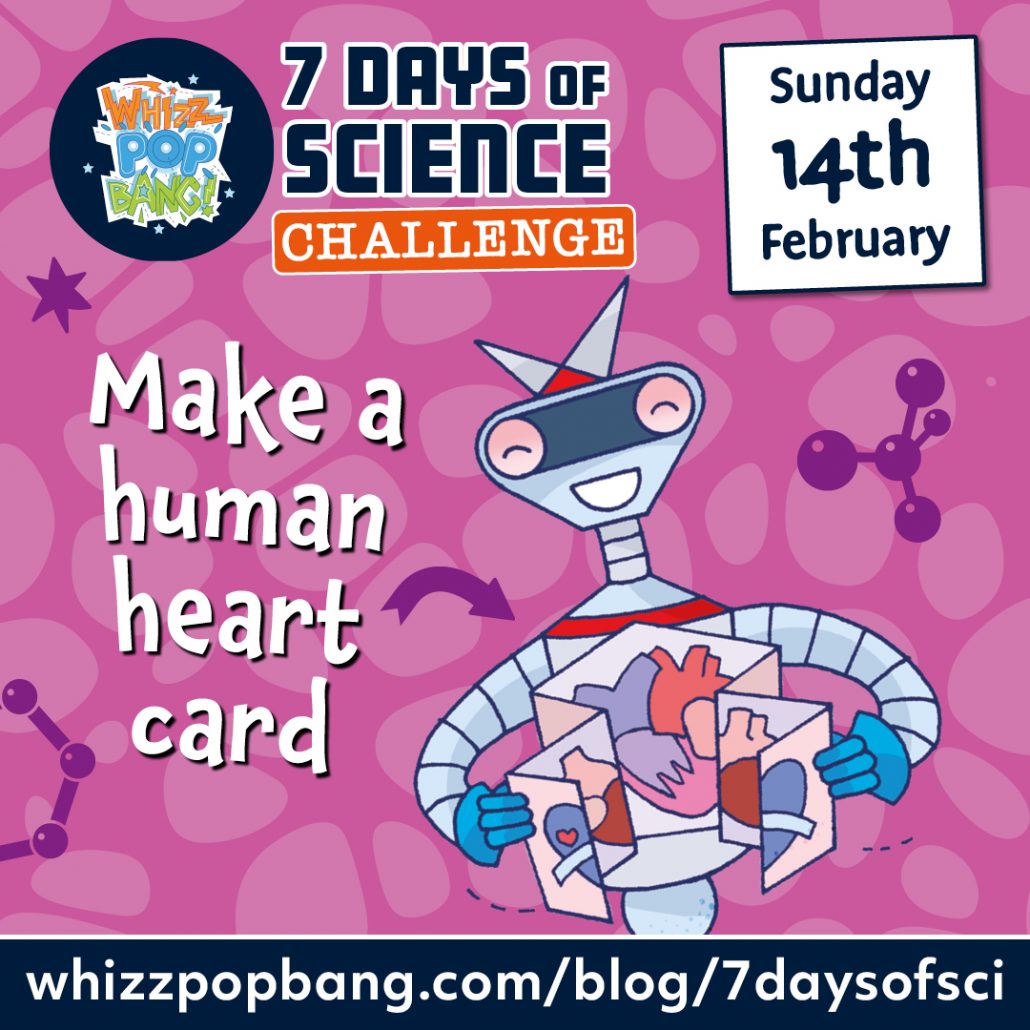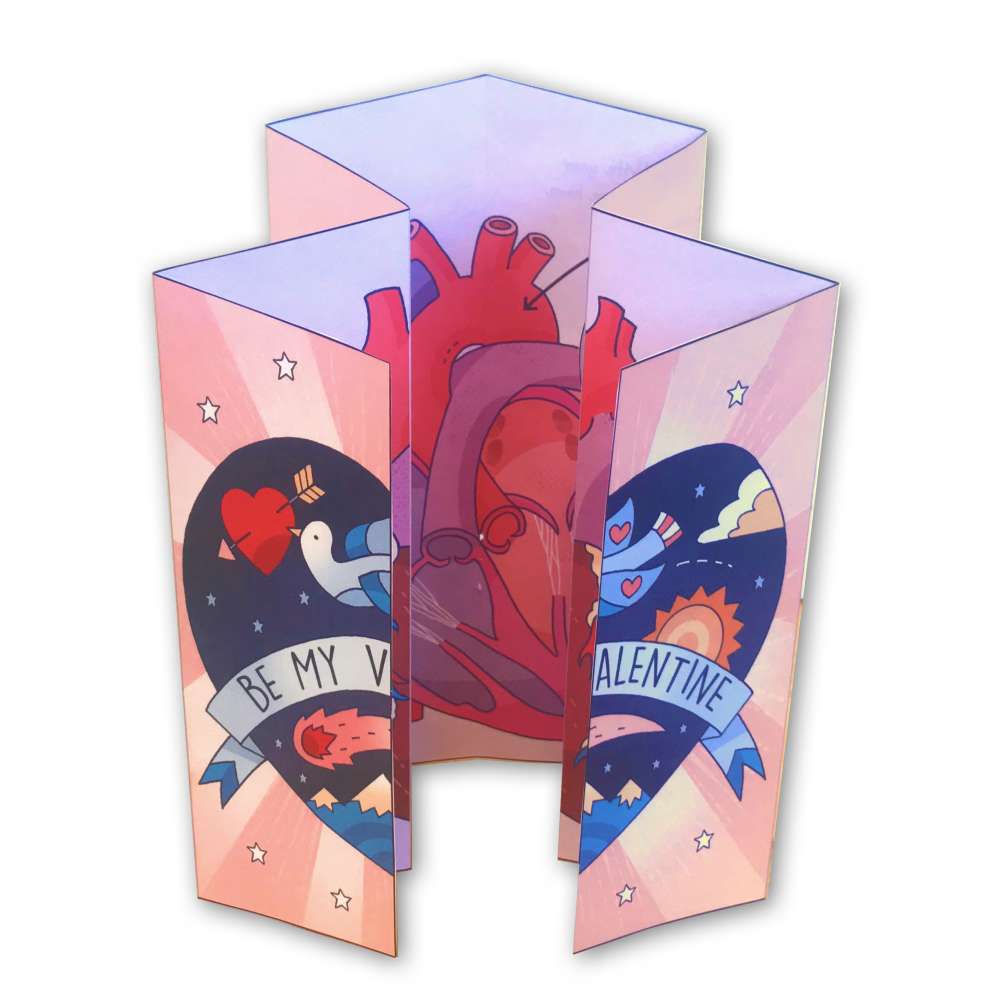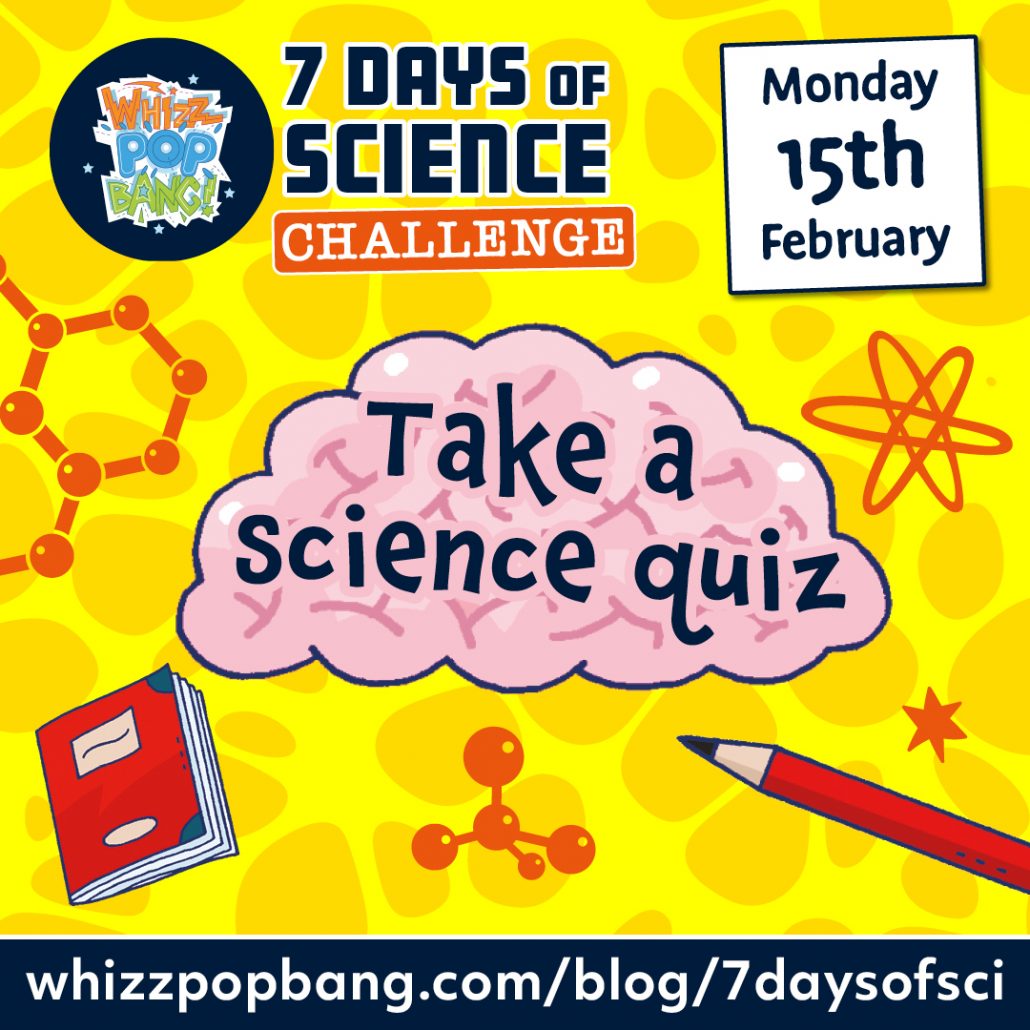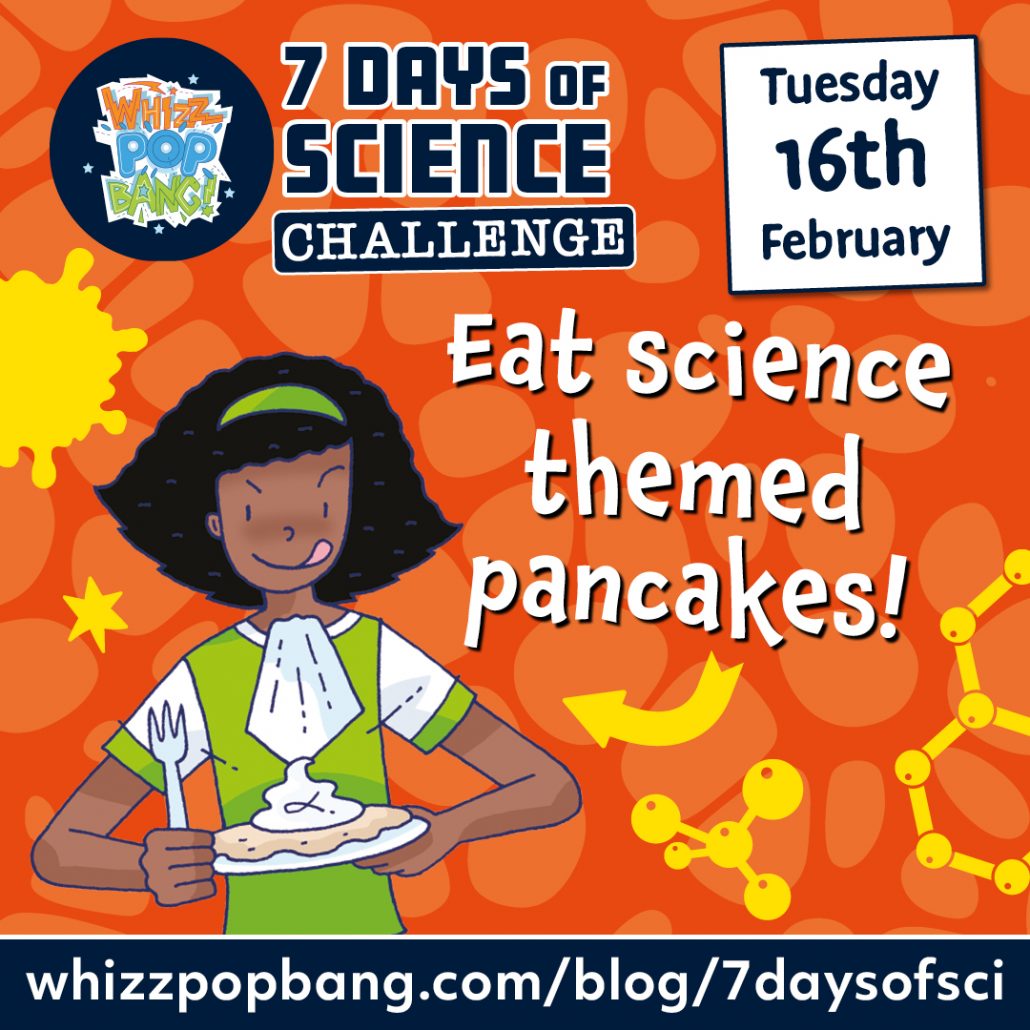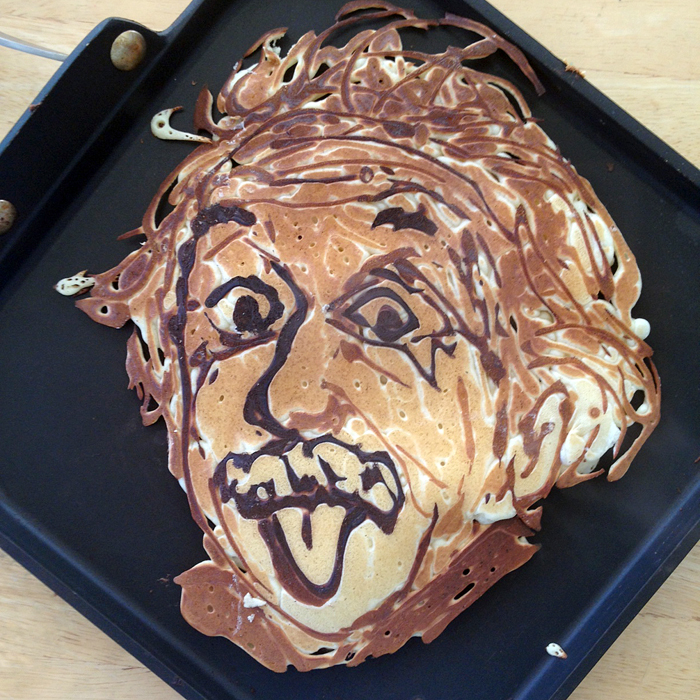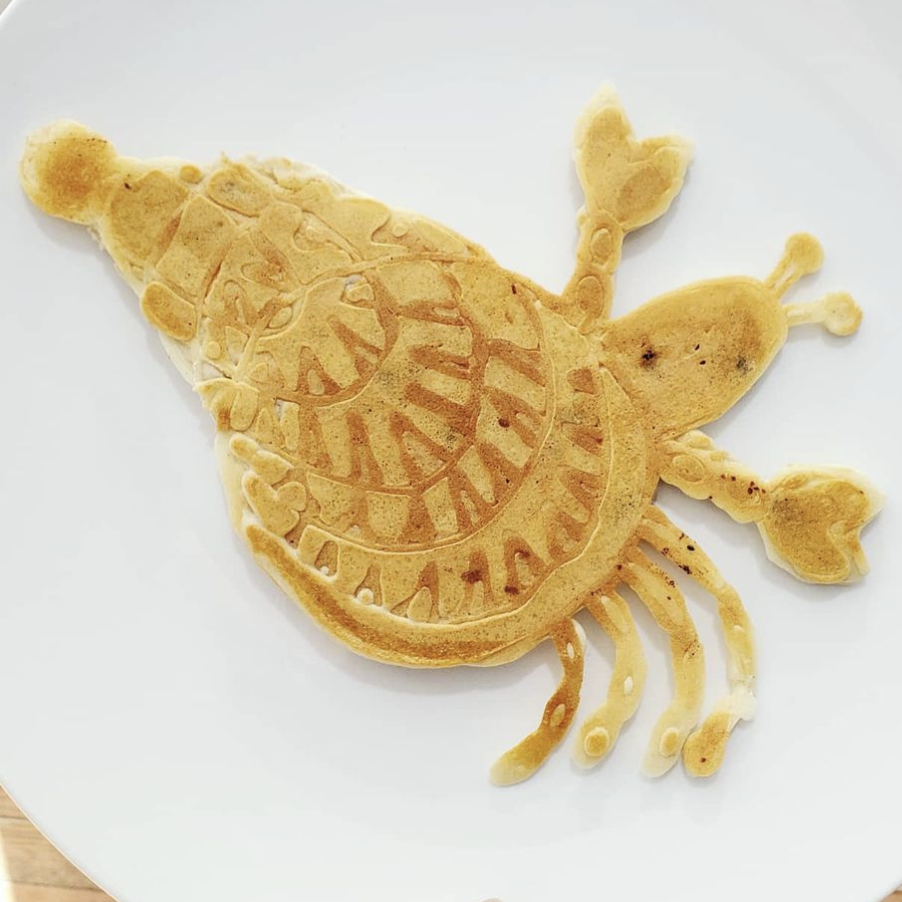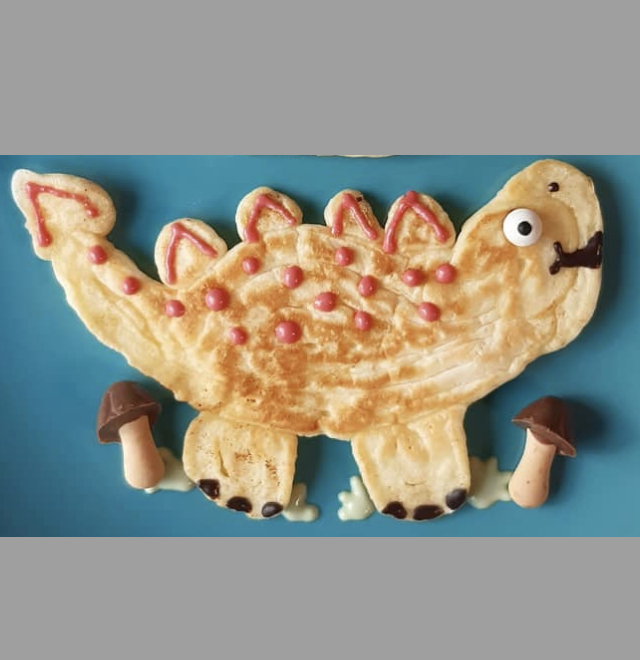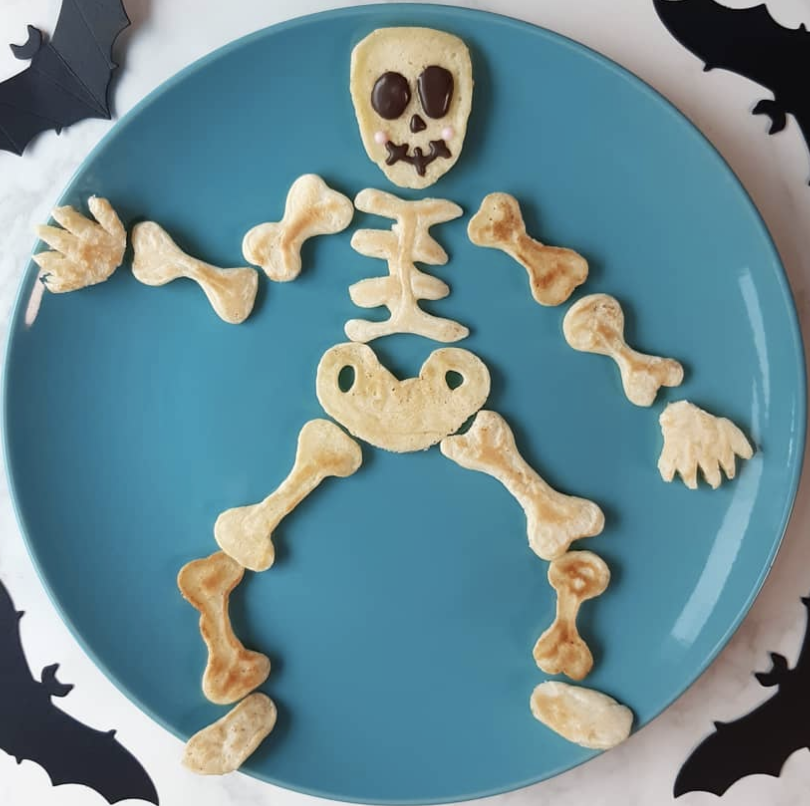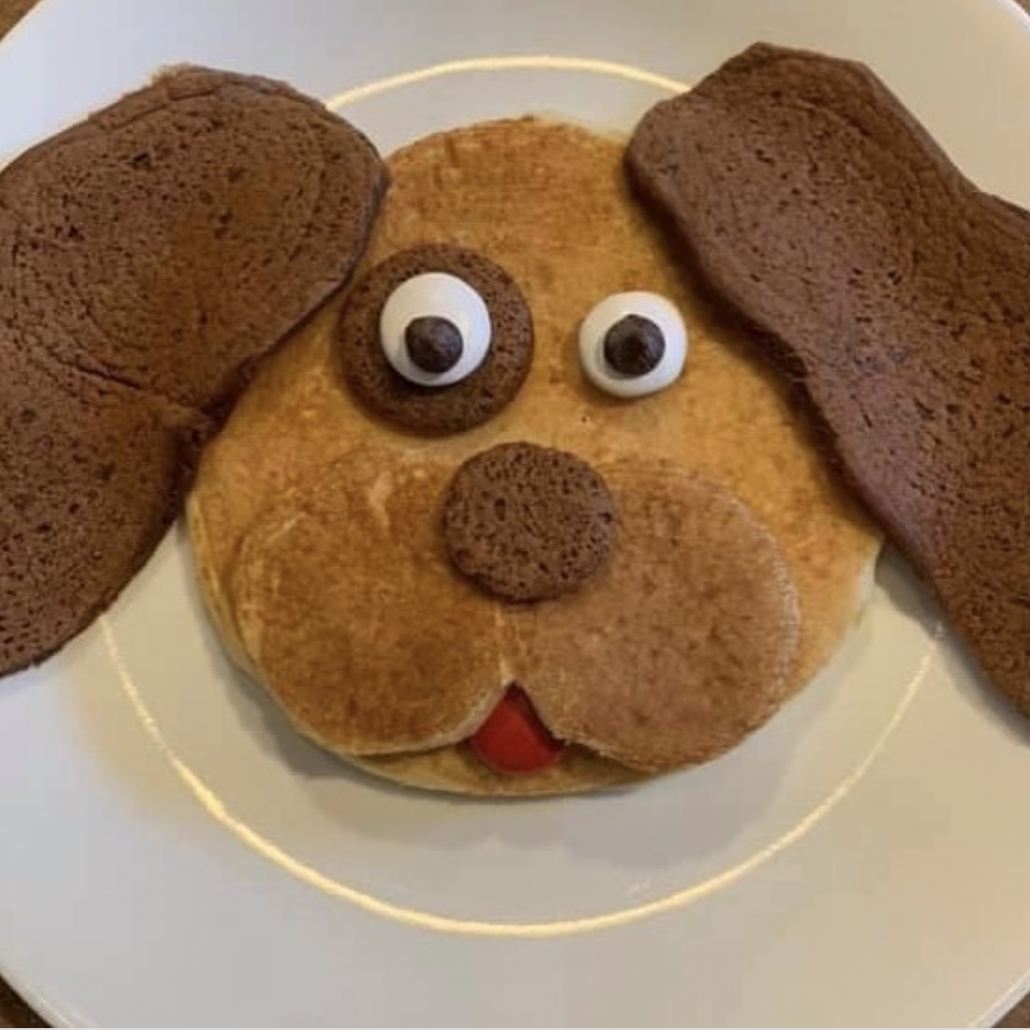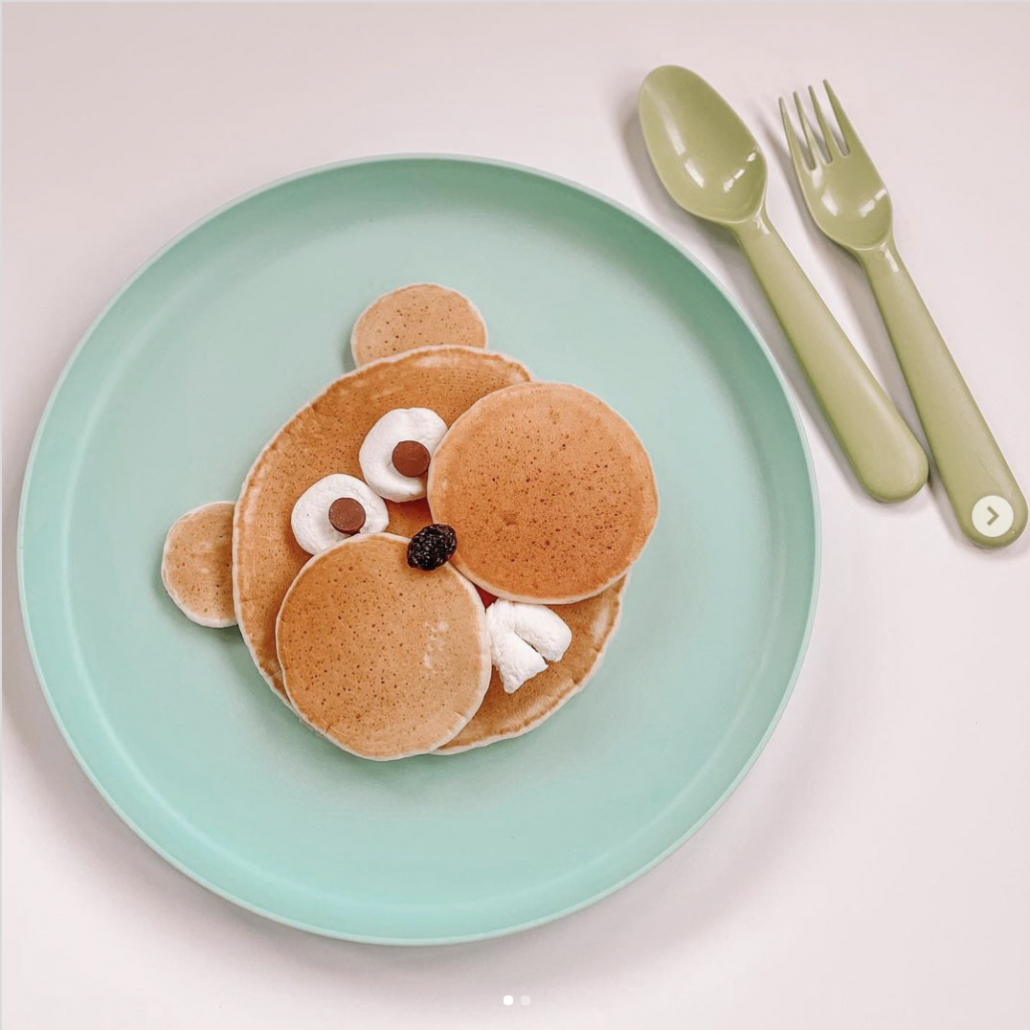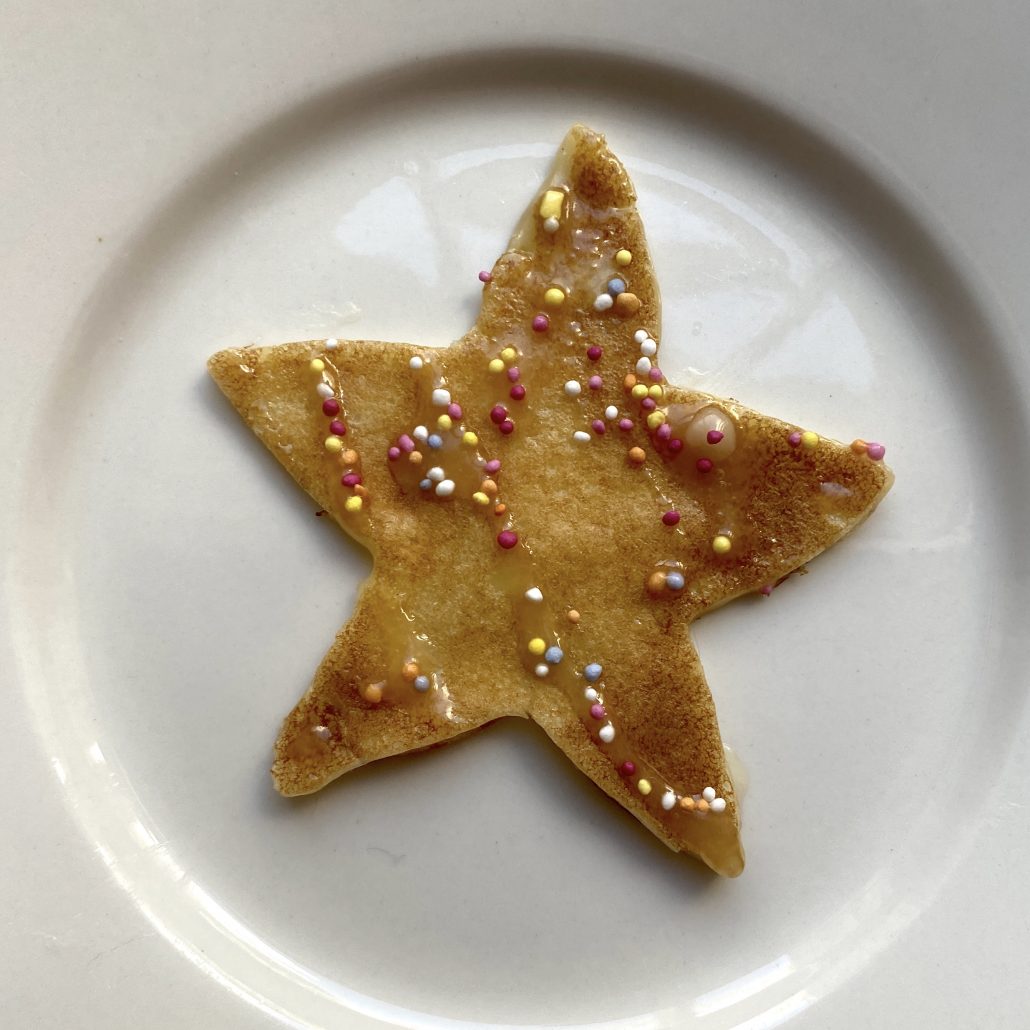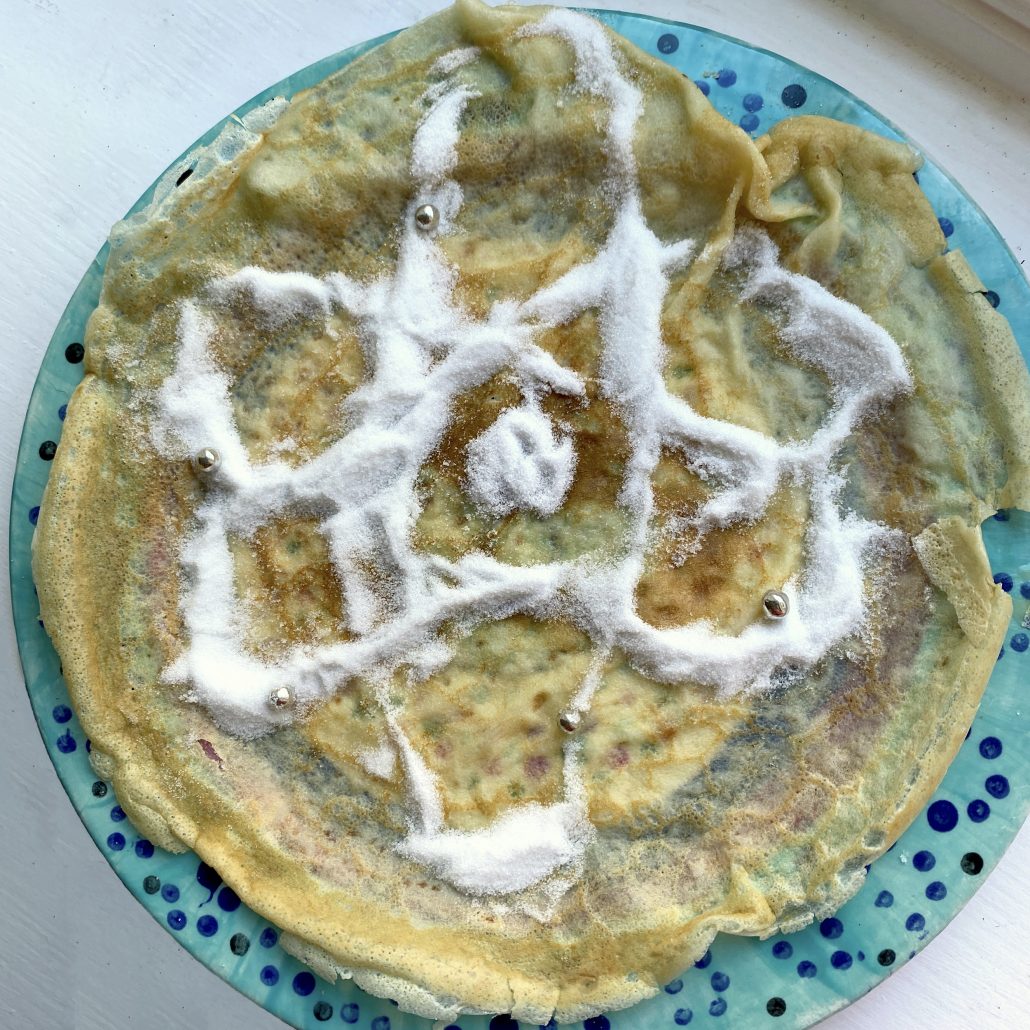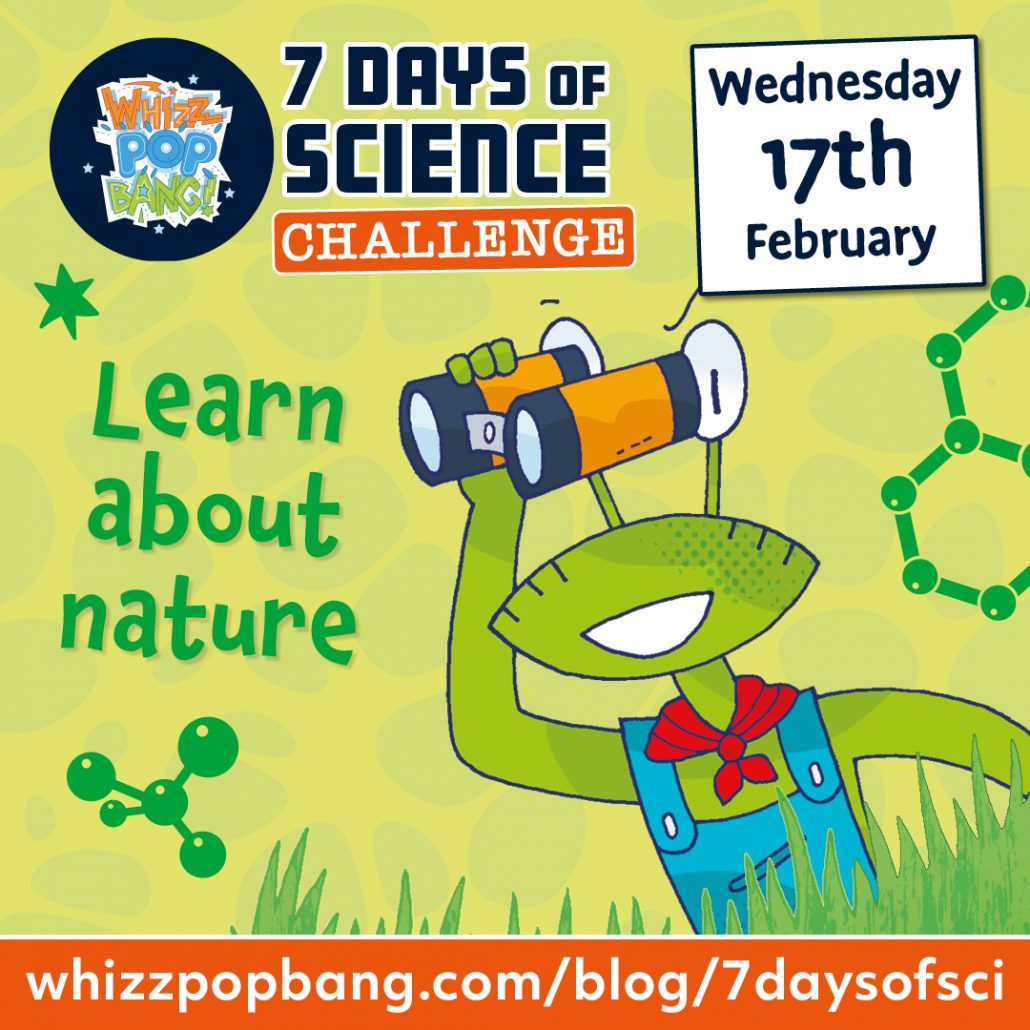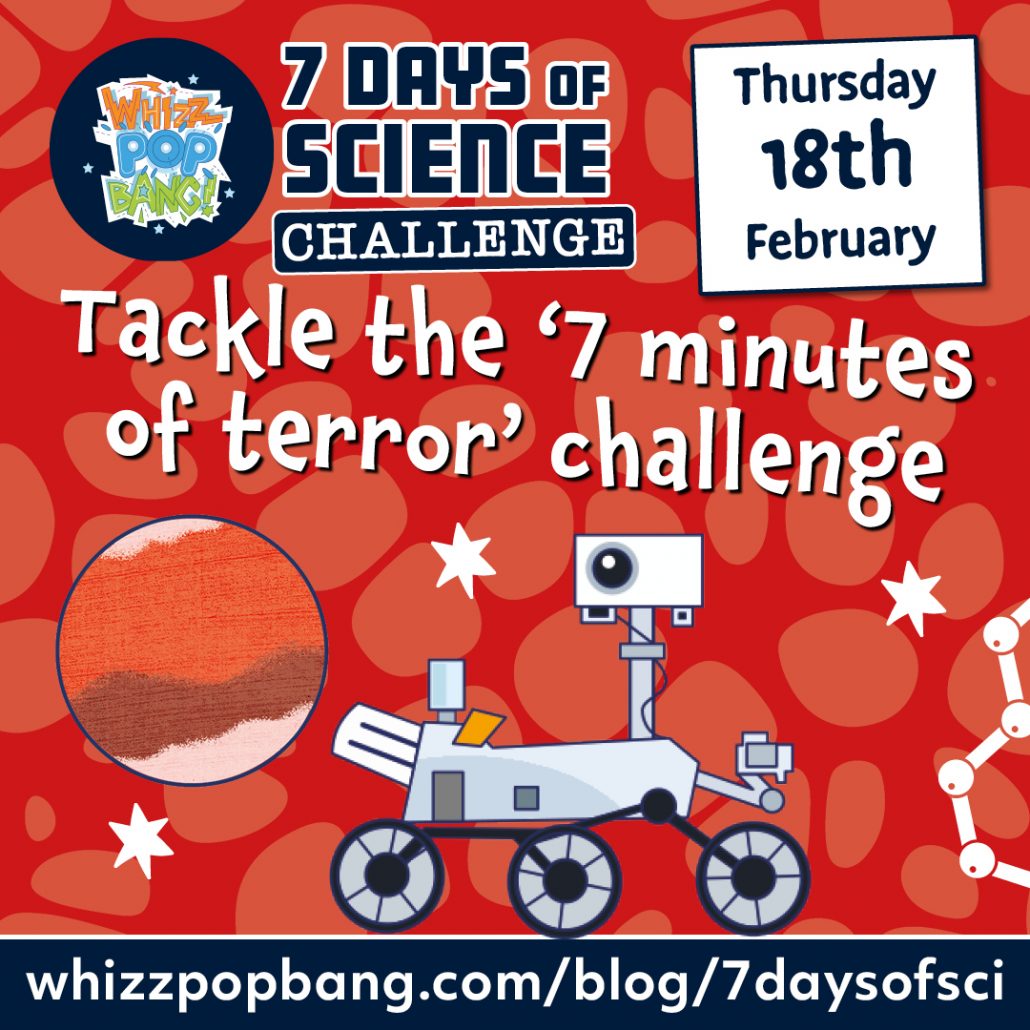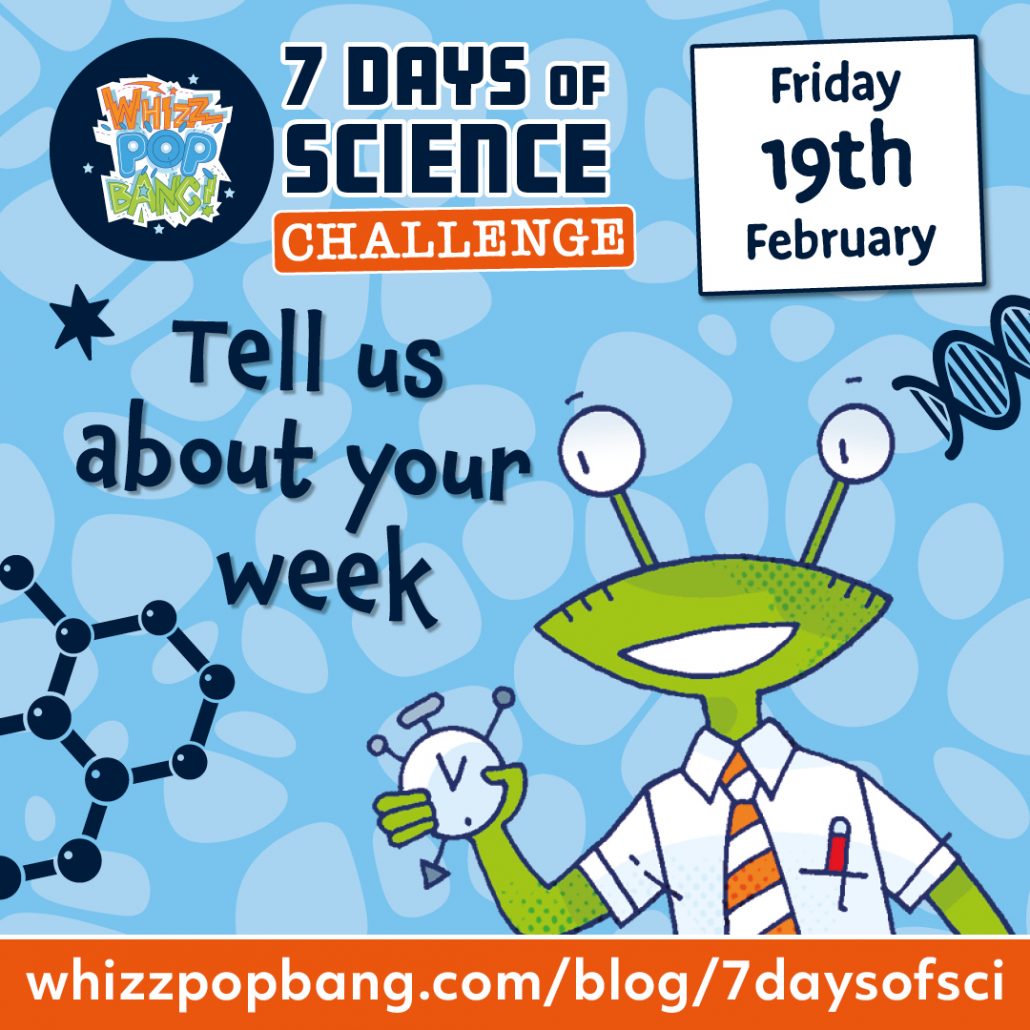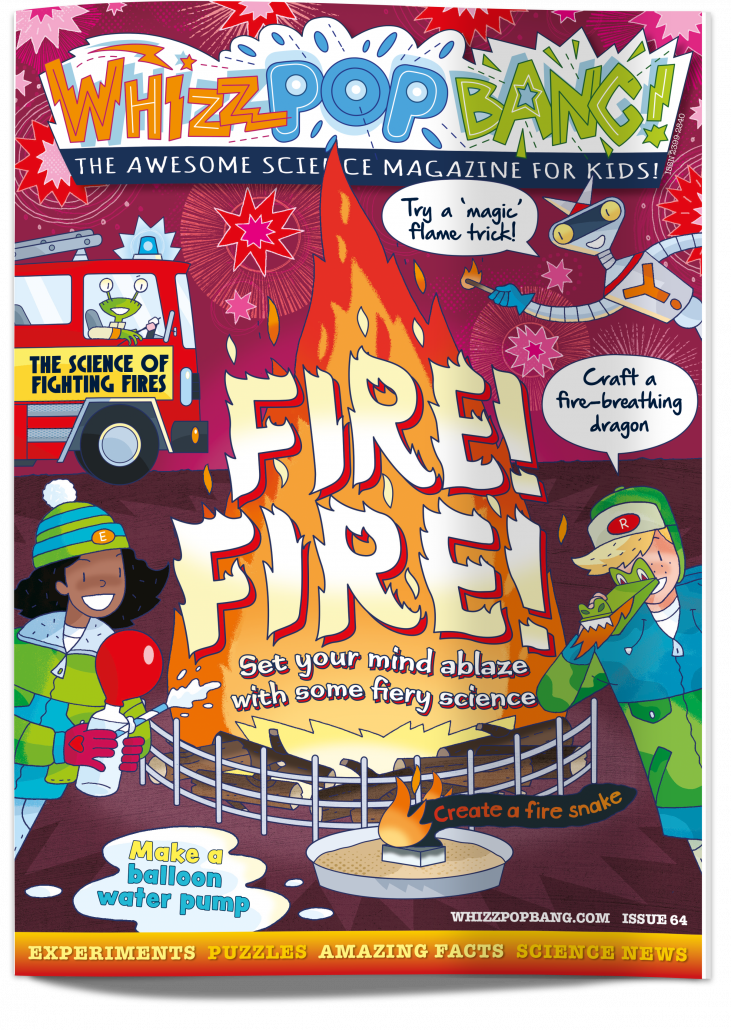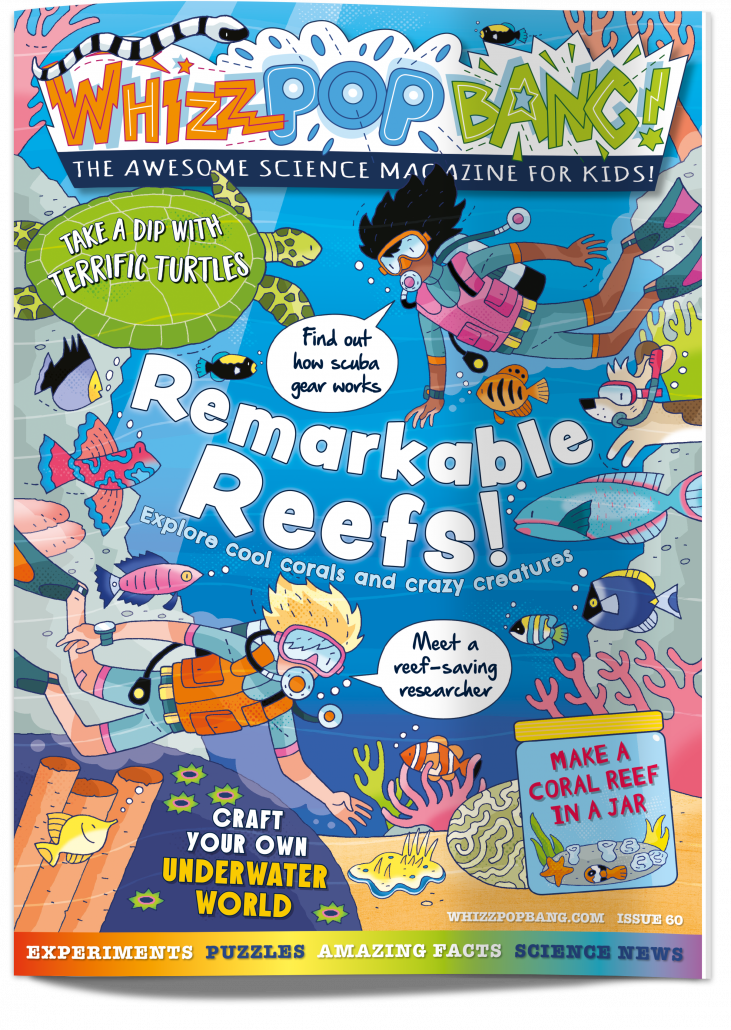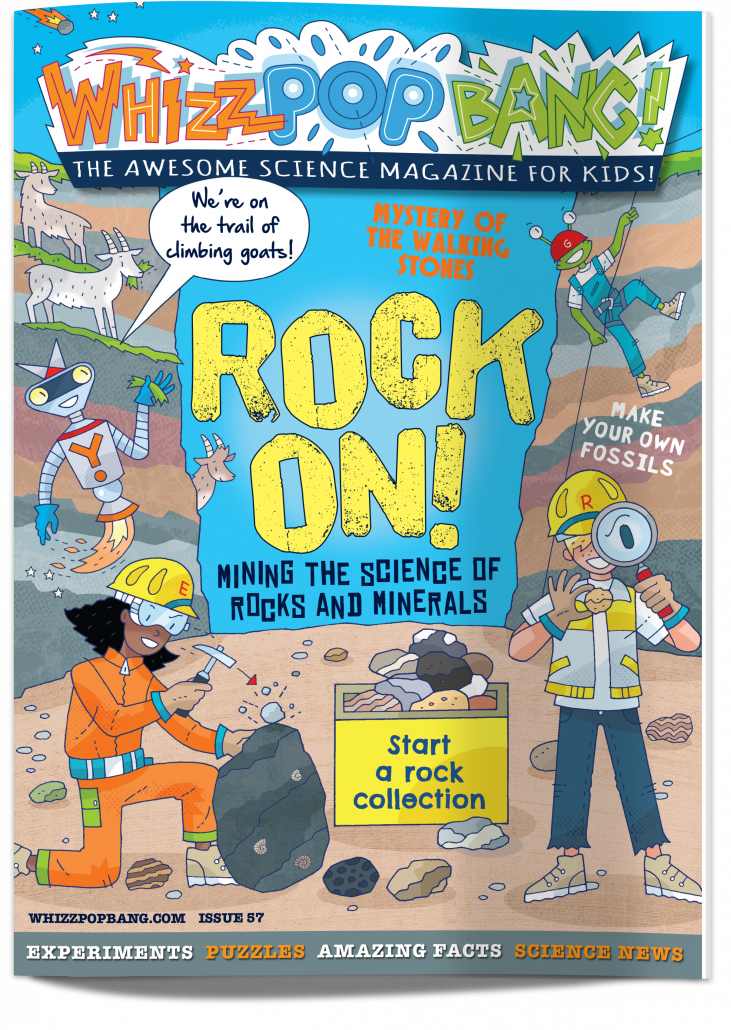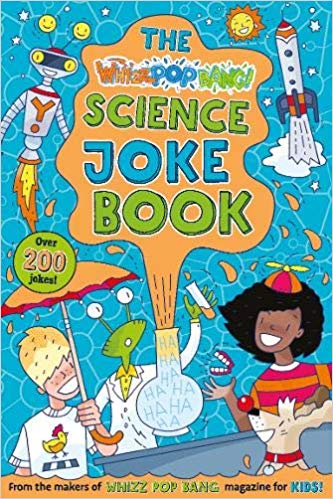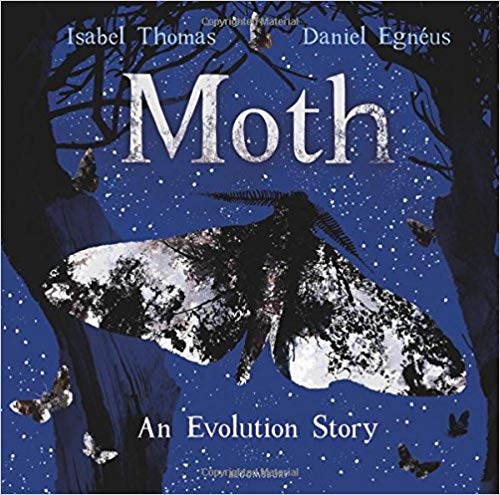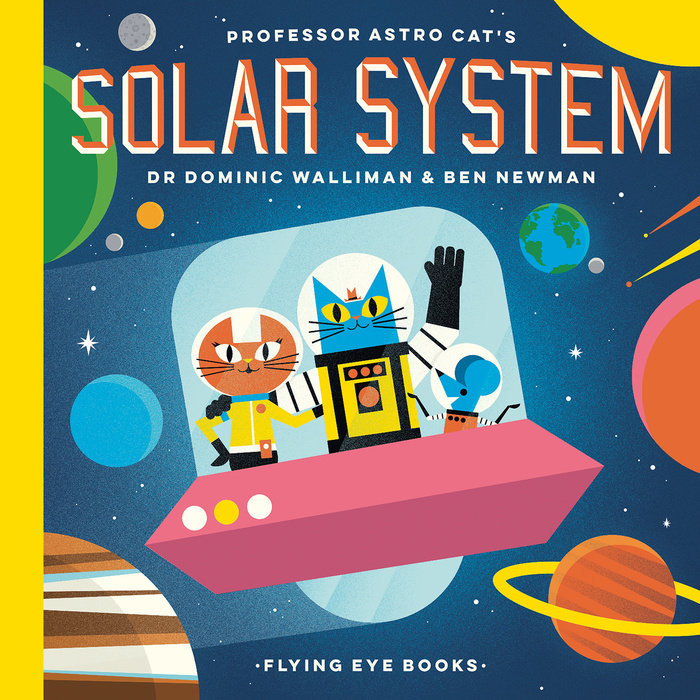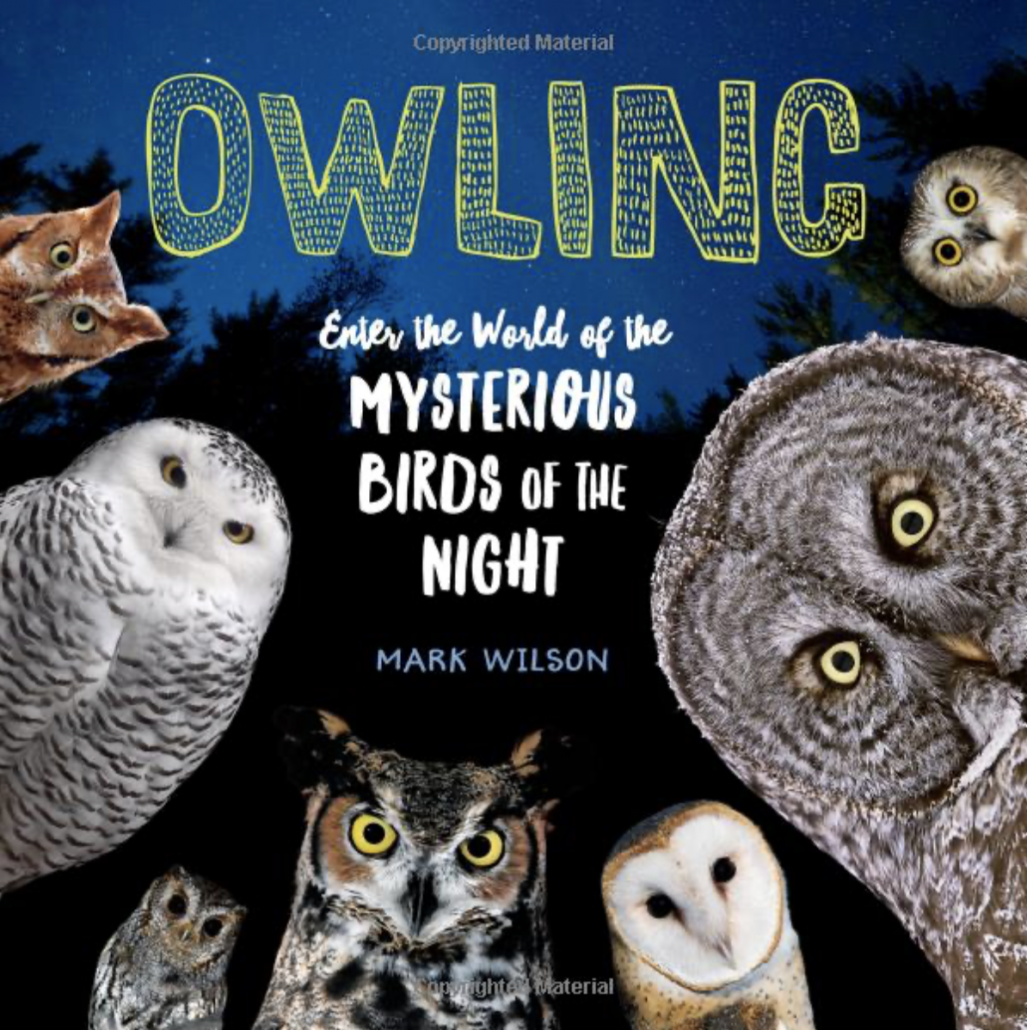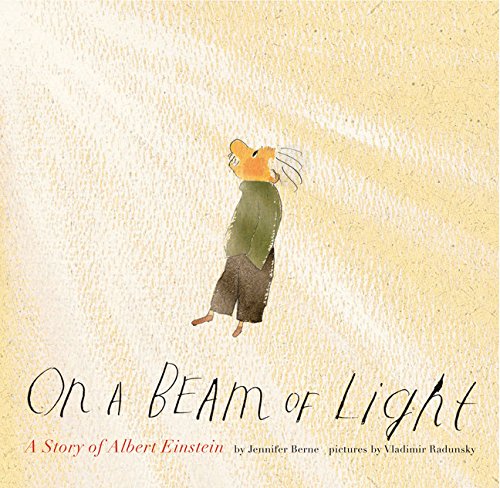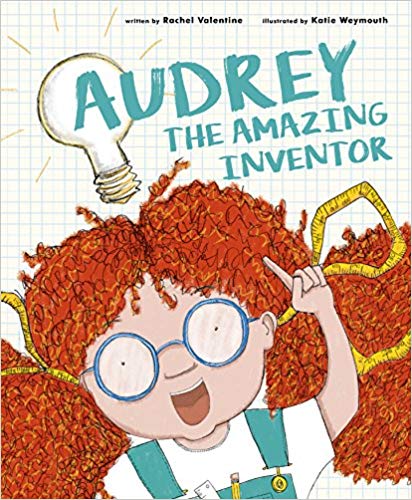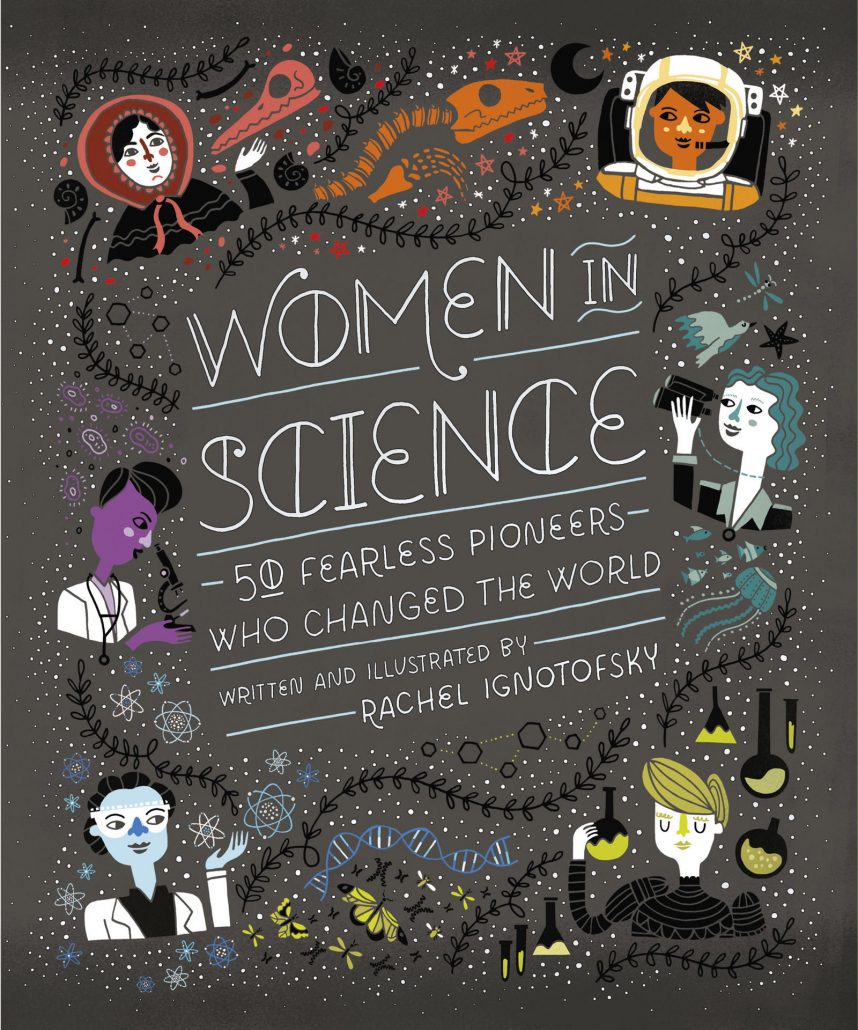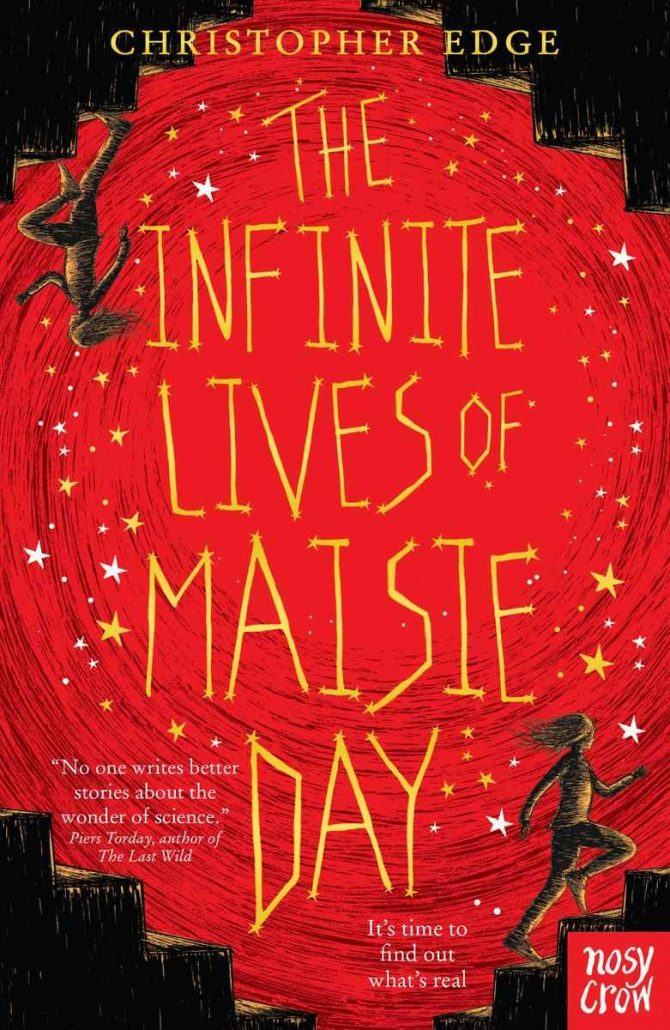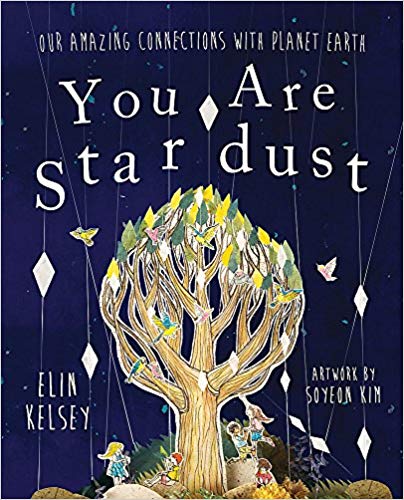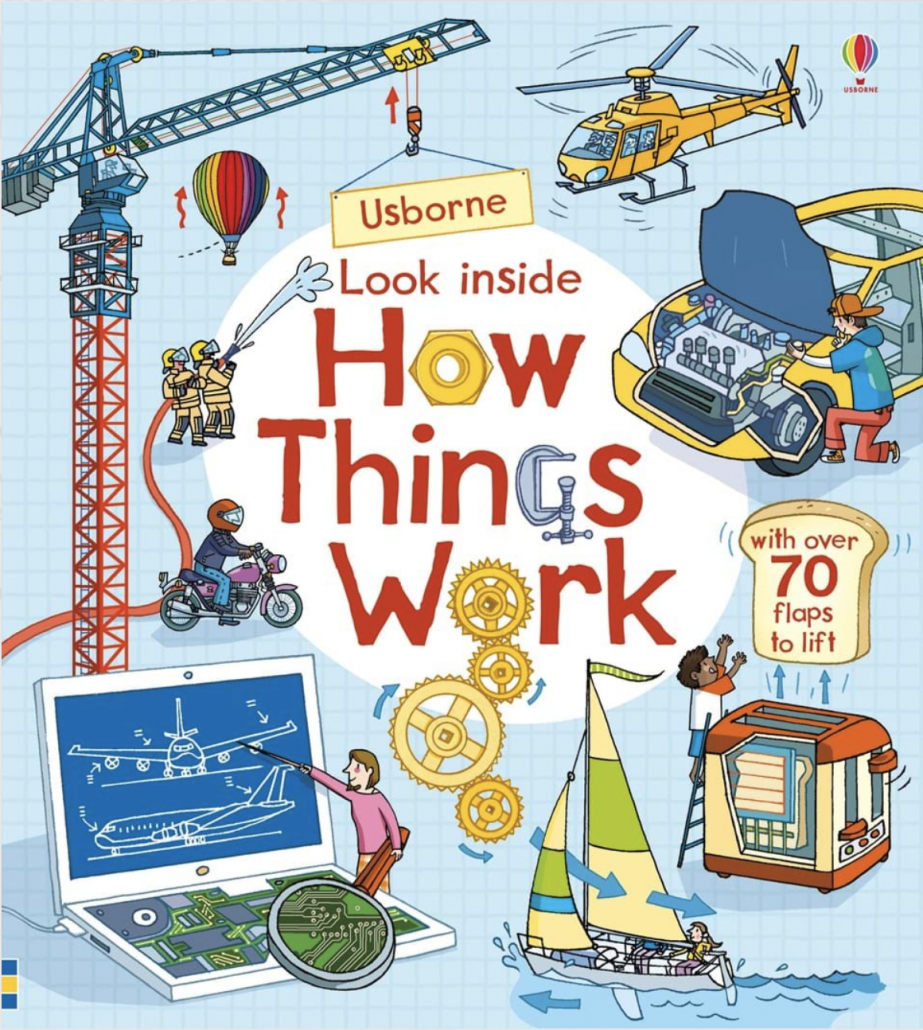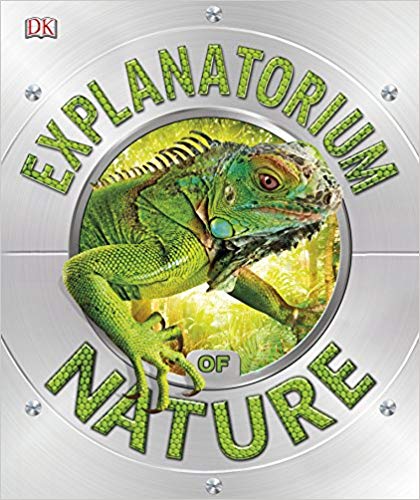Whizz Pop Bang magazine is turning ✨TEN✨ – and we’re celebrating with an epic science party giveaway!
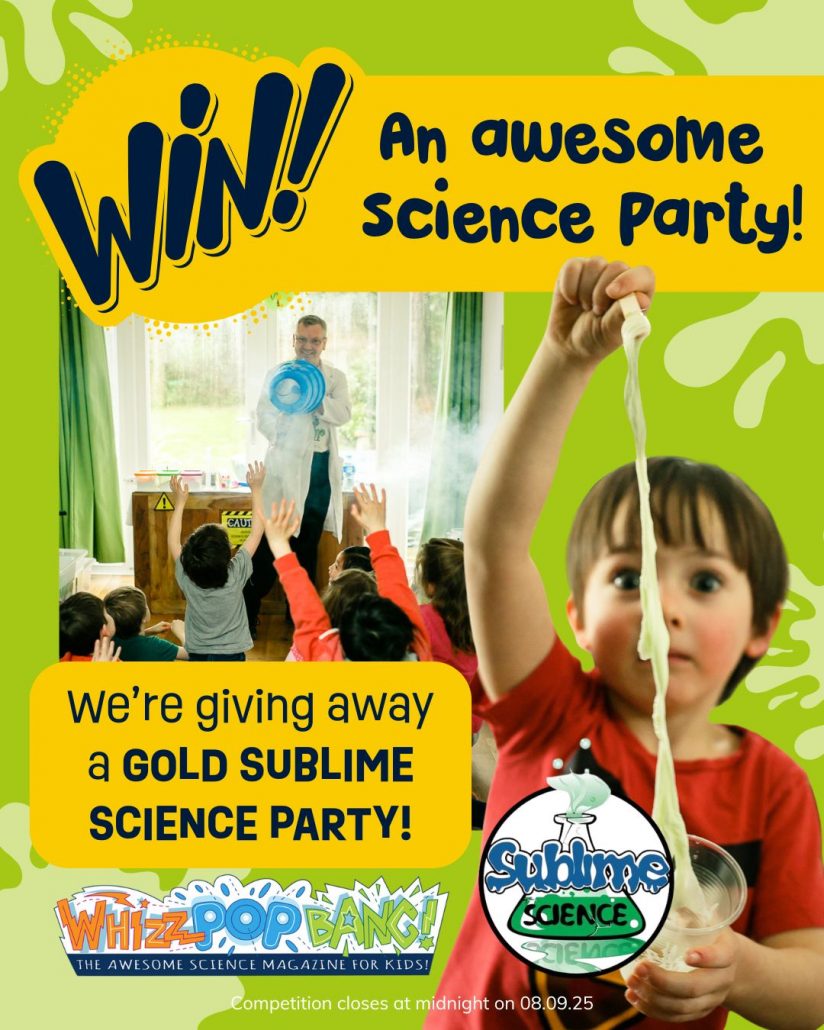
To mark a whole decade of science fun, facts, and fizzing experiments, we’ve teamed up with the award-winning team at Sublime Science to offer one lucky reader a chance to WIN a Gold Sublime Science Party – right in your own home!
Packed with hands-on activities, ‘magic’ tricks, bubbles, smoke and flying things, a Sublime Science Party is the ultimate way to inspire a love of science in children aged 5–12. Expect plenty of WOW moments, giggles and unforgettable memories!
The Prize
The winner will receive:
- A Gold Sublime Science Party, hosted by one of Sublime Science’s brilliant presenters at your home (or a venue you book), on a weekend date of your choice
- If you live outside of the coverage area, you’ll receive a Gold Science Party in a Box, packed with everything you need to host your own unforgettable science party!
Find out more about these jaw-dropping parties at sublimescience.com
Simply answer this question in the comments to be in with a chance of winning this amazing prize!
Whizz Pop Bang is 10 years old. How many times has it orbited the Sun?
a) 3,650 times
b) 280 times
c) 10 times
Entries close at midnight on 8th September 2025. Read full T&Cs below before entering.
🔬 About Sublime Science Parties
Loved by over one million kids (and even featured on Dragons’ Den!), Sublime Science Parties are:
- Bursting with hands-on science experiments
- Perfect for curious kids aged 5 to 12
- Full of spectacular fun – with slime, smoke rings, flying fizz, and more!
These award-winning parties make science unforgettable, exciting and mess-free for parents!
Thank you for being part of the Whizz Pop Bang community – here’s to the next 10 years of science-fuelled fun!
Terms and conditions: The winner will receive a voucher for a Sublime Science Gold Party, valid for one year. A Sublime Science presenter will come to your home – or a venue that you book – on a weekend date of your choice, subject to availability. Please book early to avoid disappointment. Winners living outside areas covered will instead receive a Science Party in a Box, containing everything you need to host your own science party. See https://www.sublimescience.com for more information. This competition closes at midnight on 8th September 2025. For full terms and conditions, please see https://www.whizzpopbang.com/terms-and-conditions/

